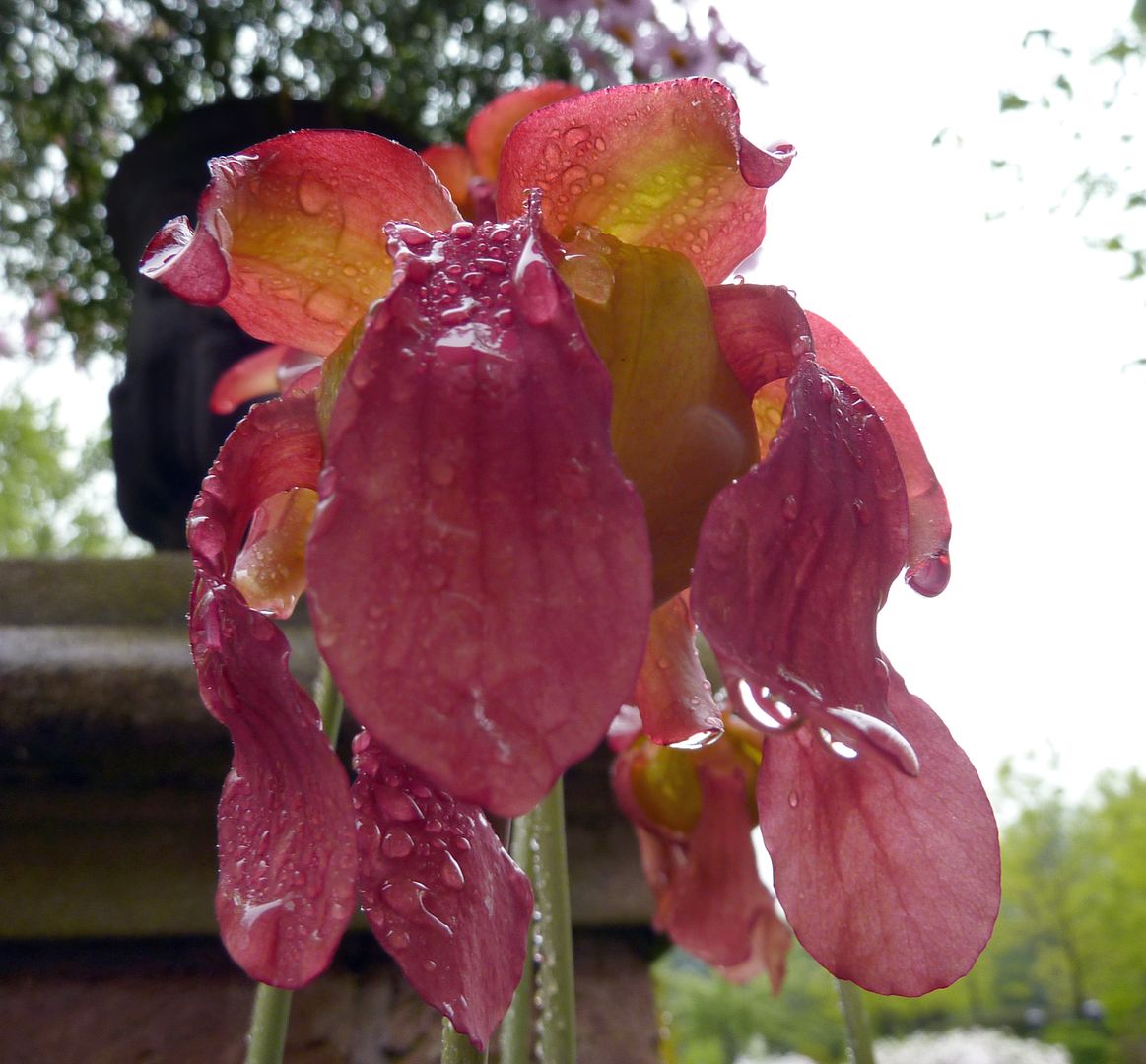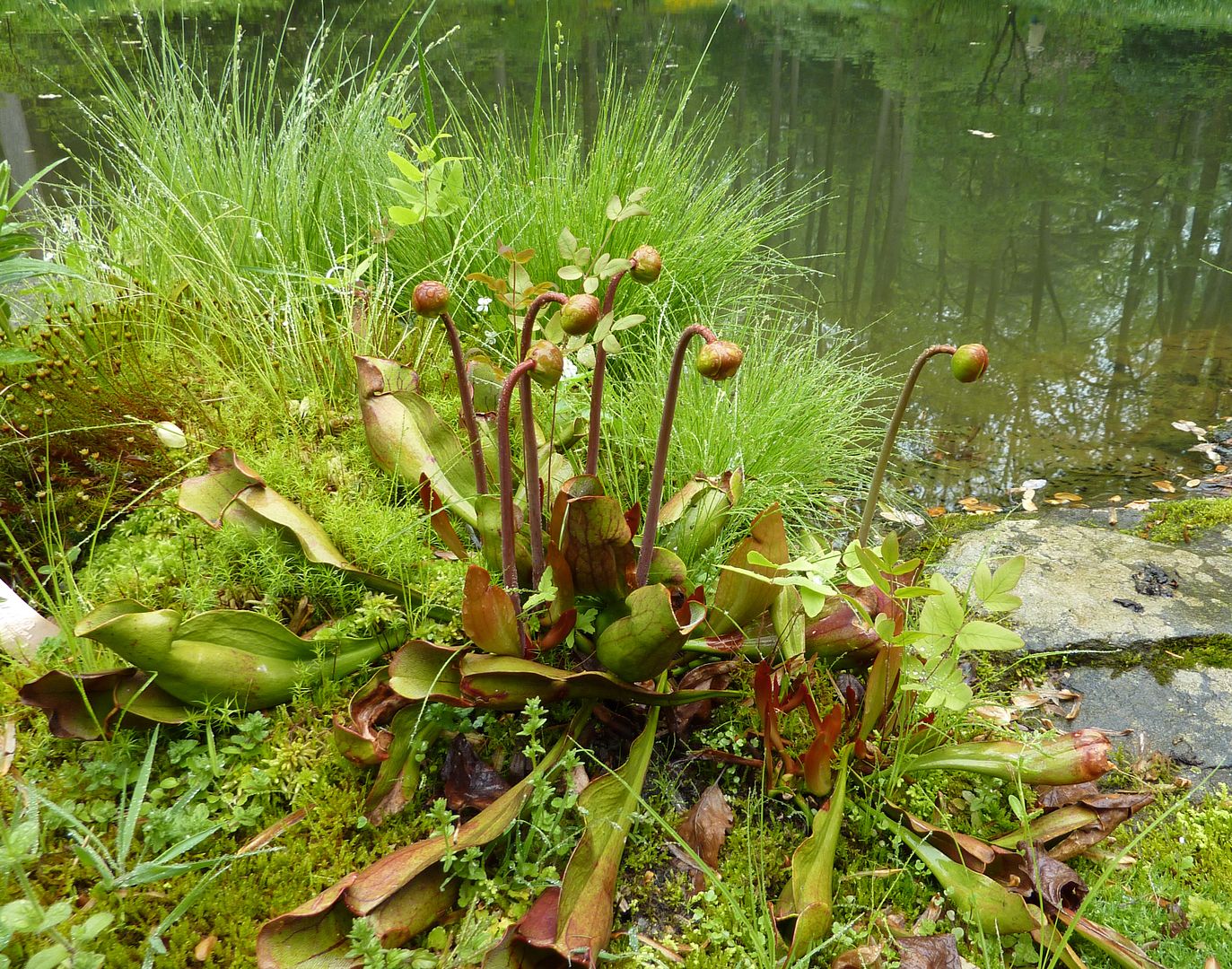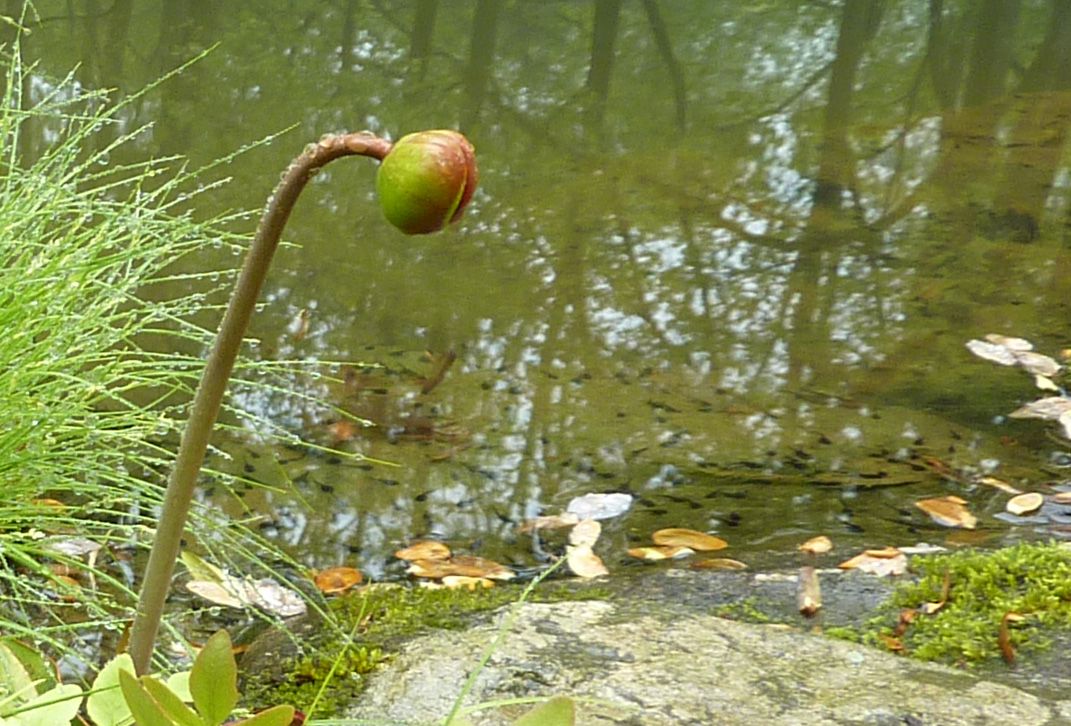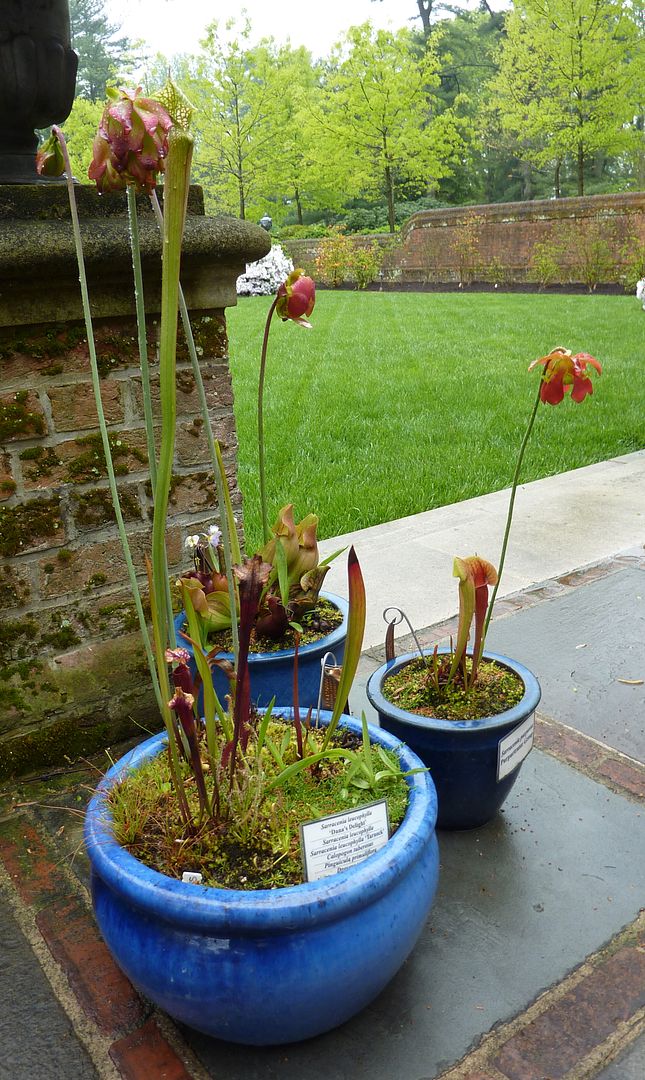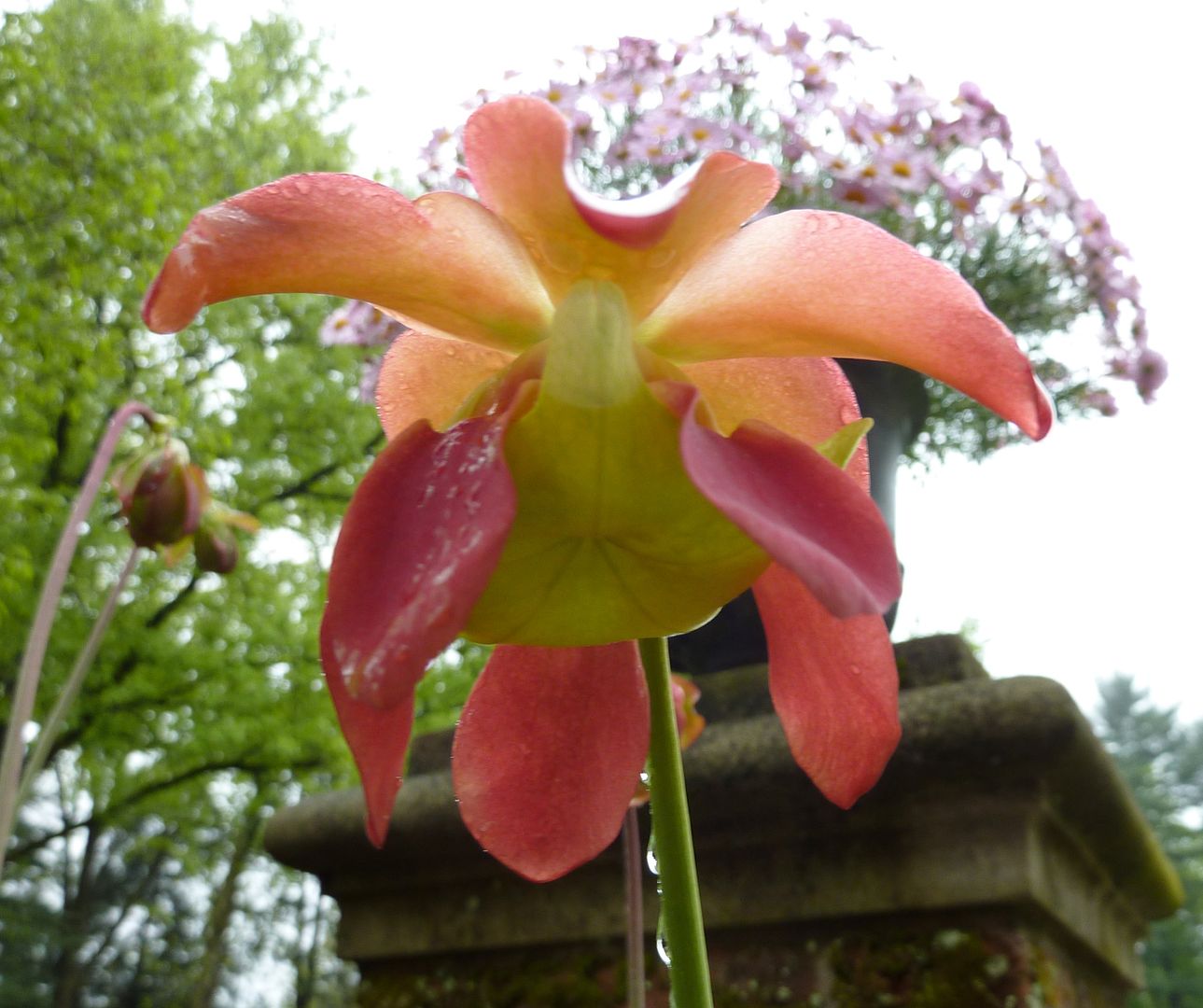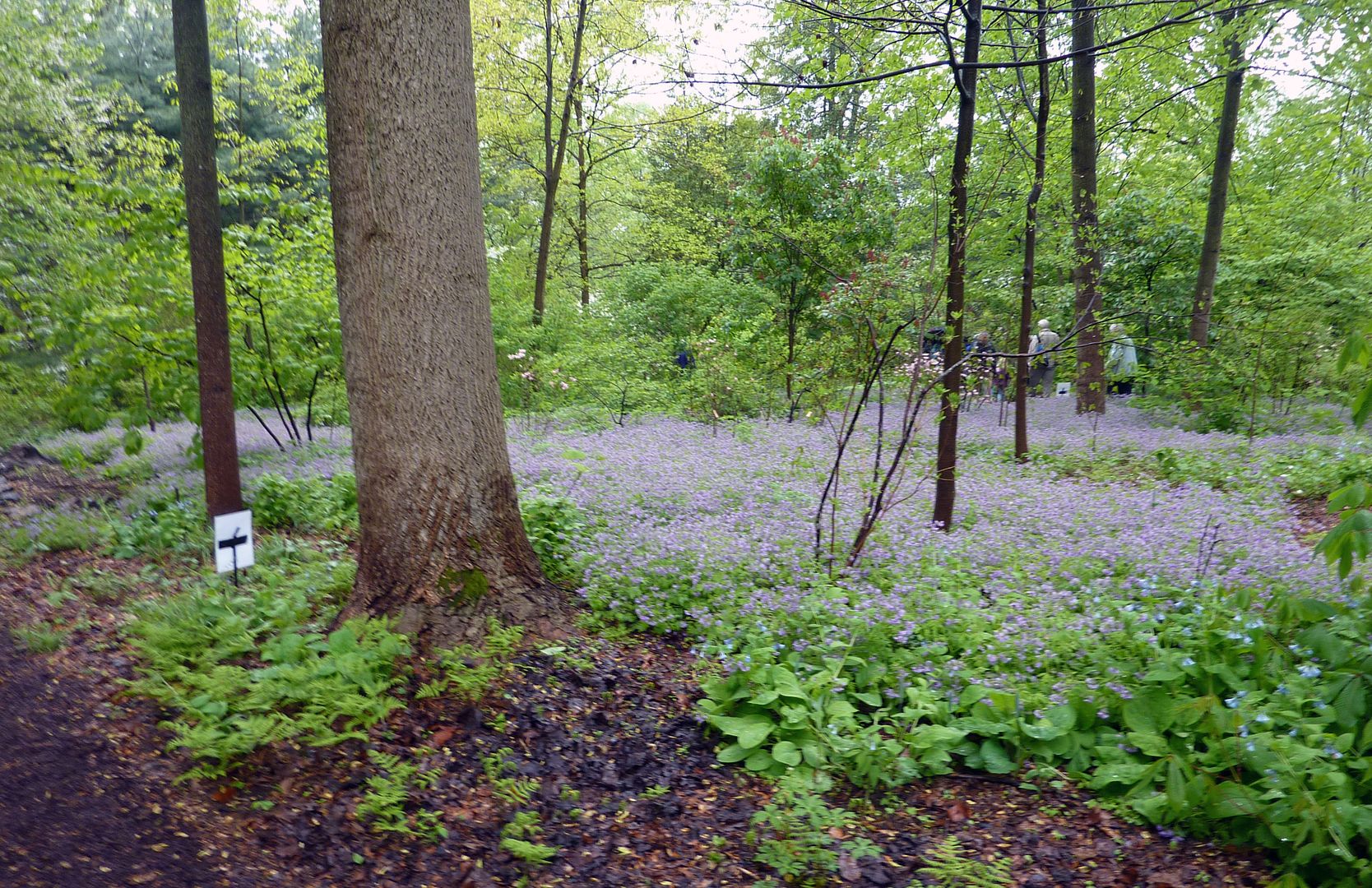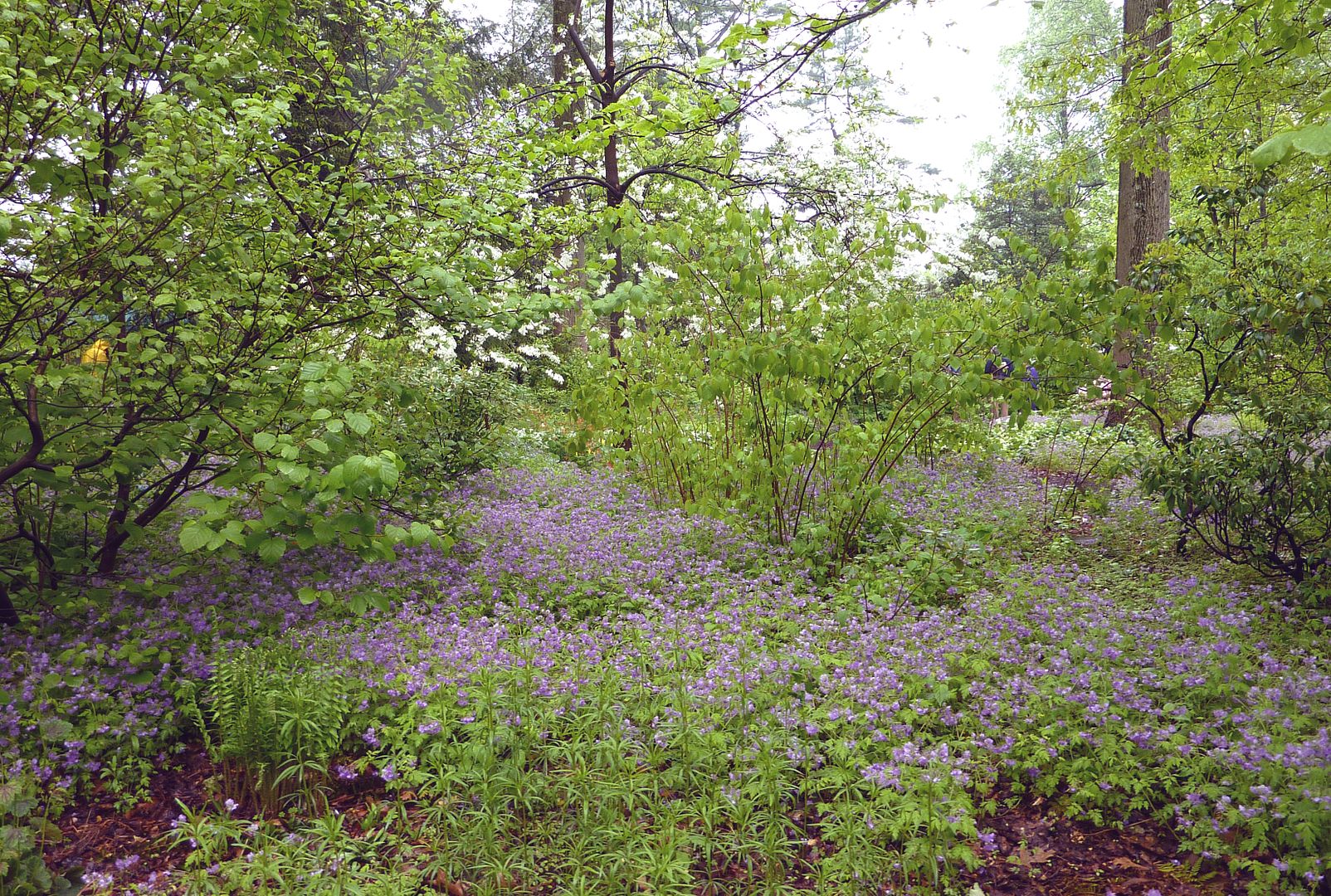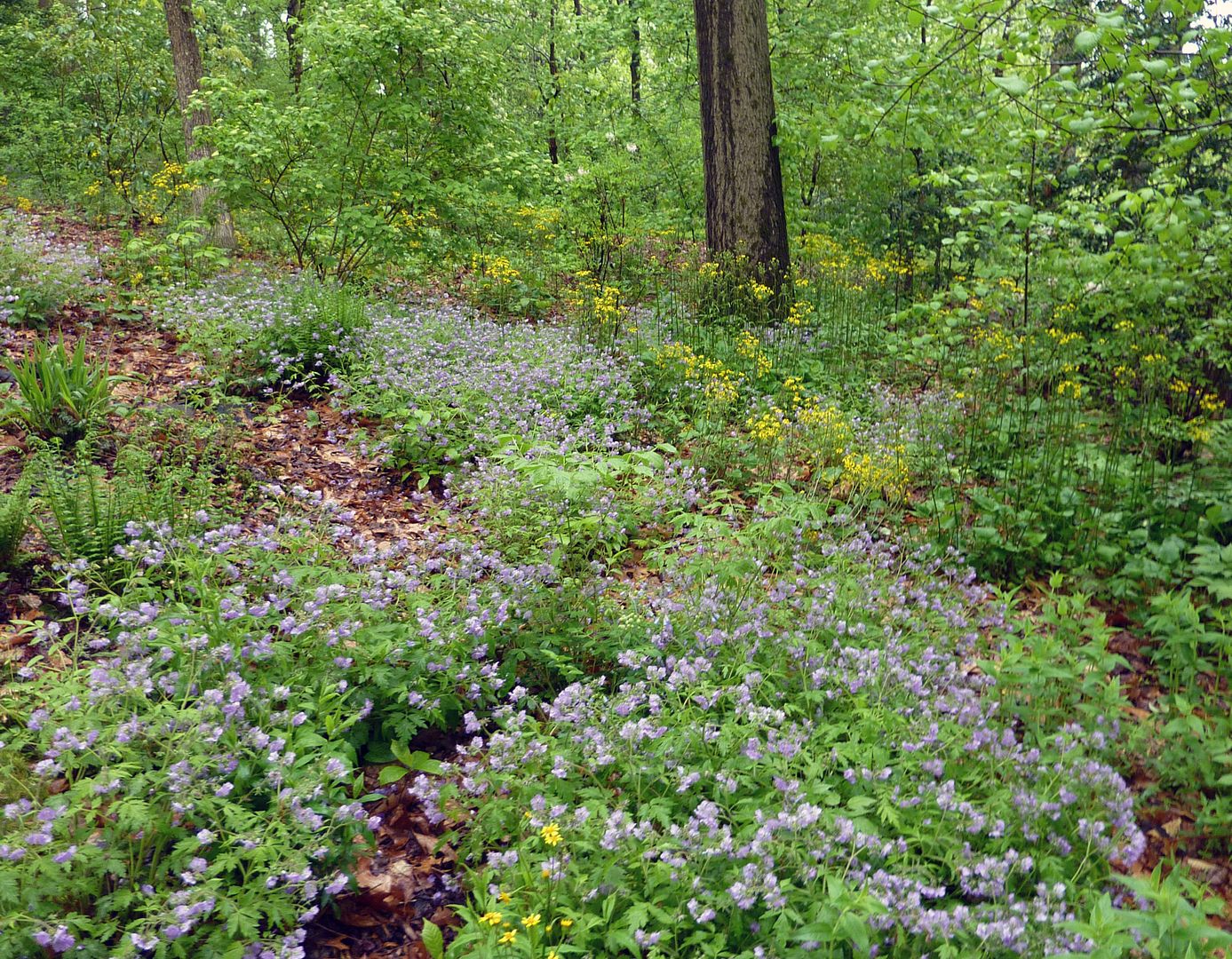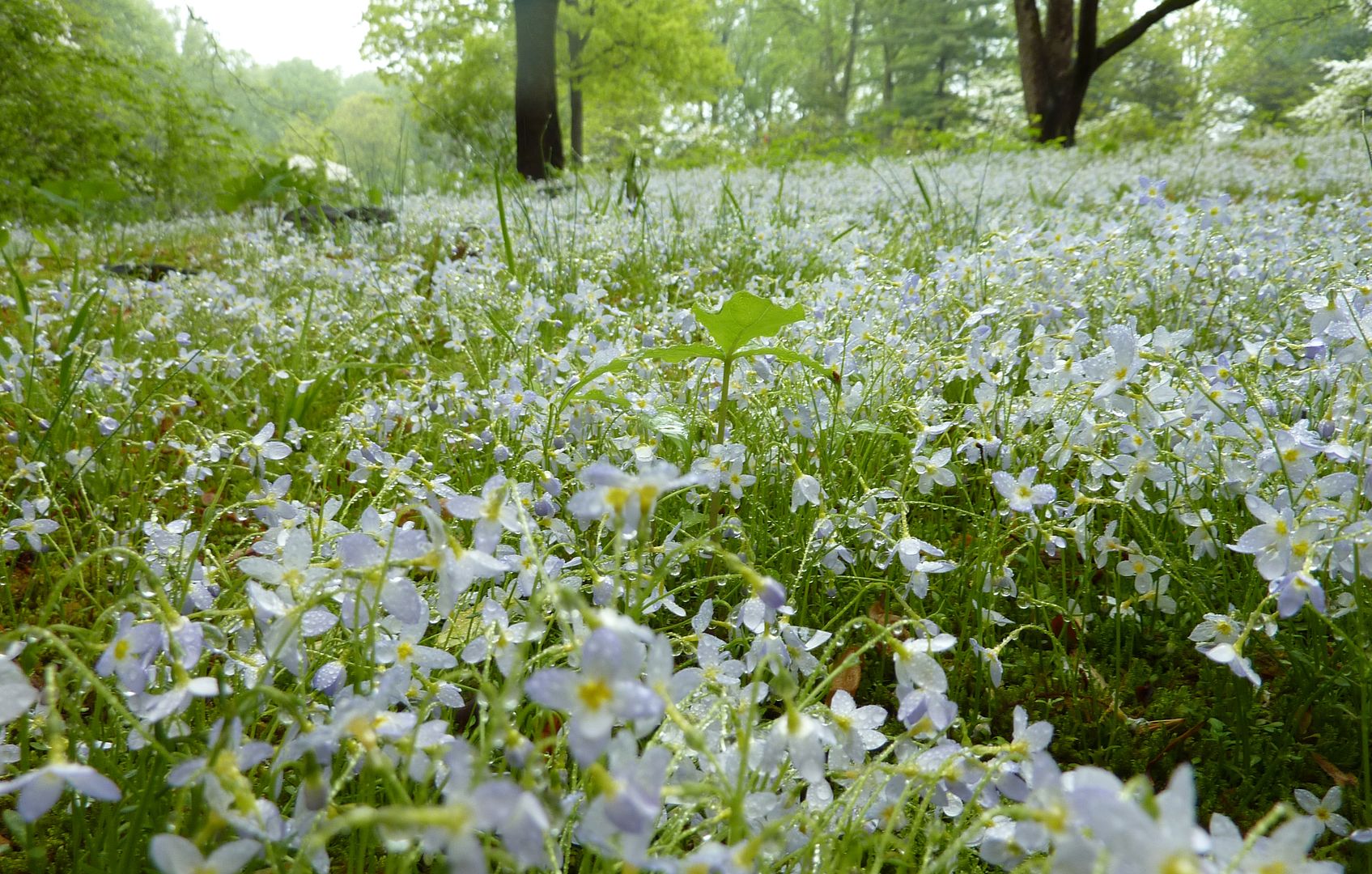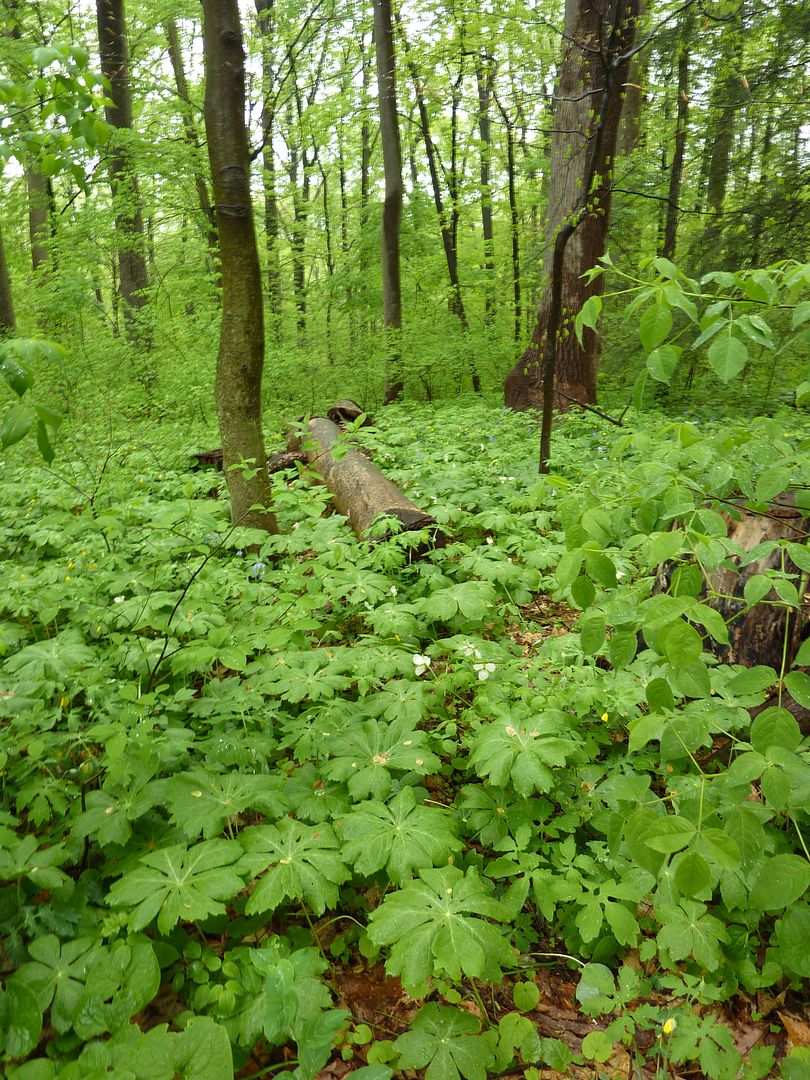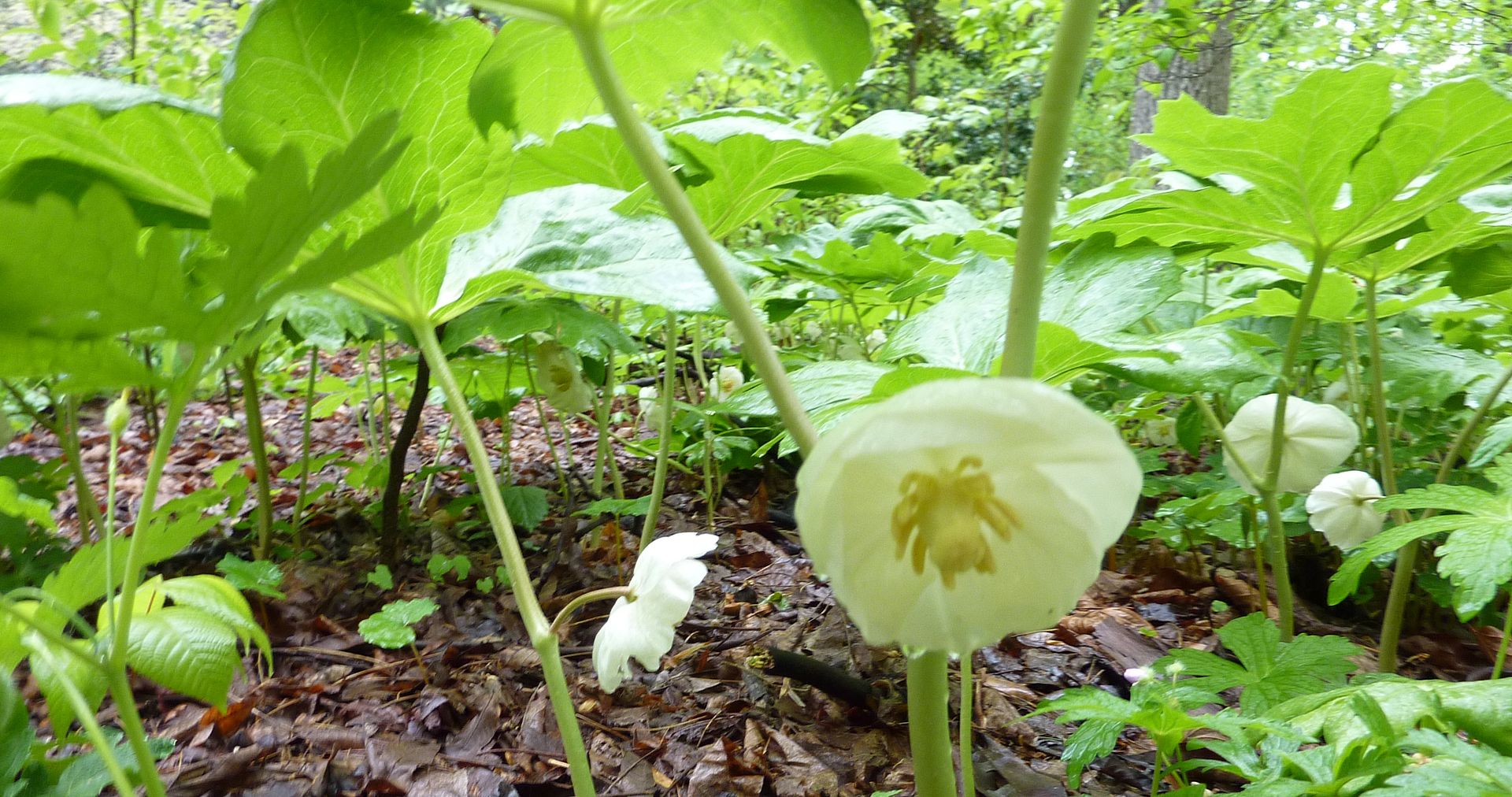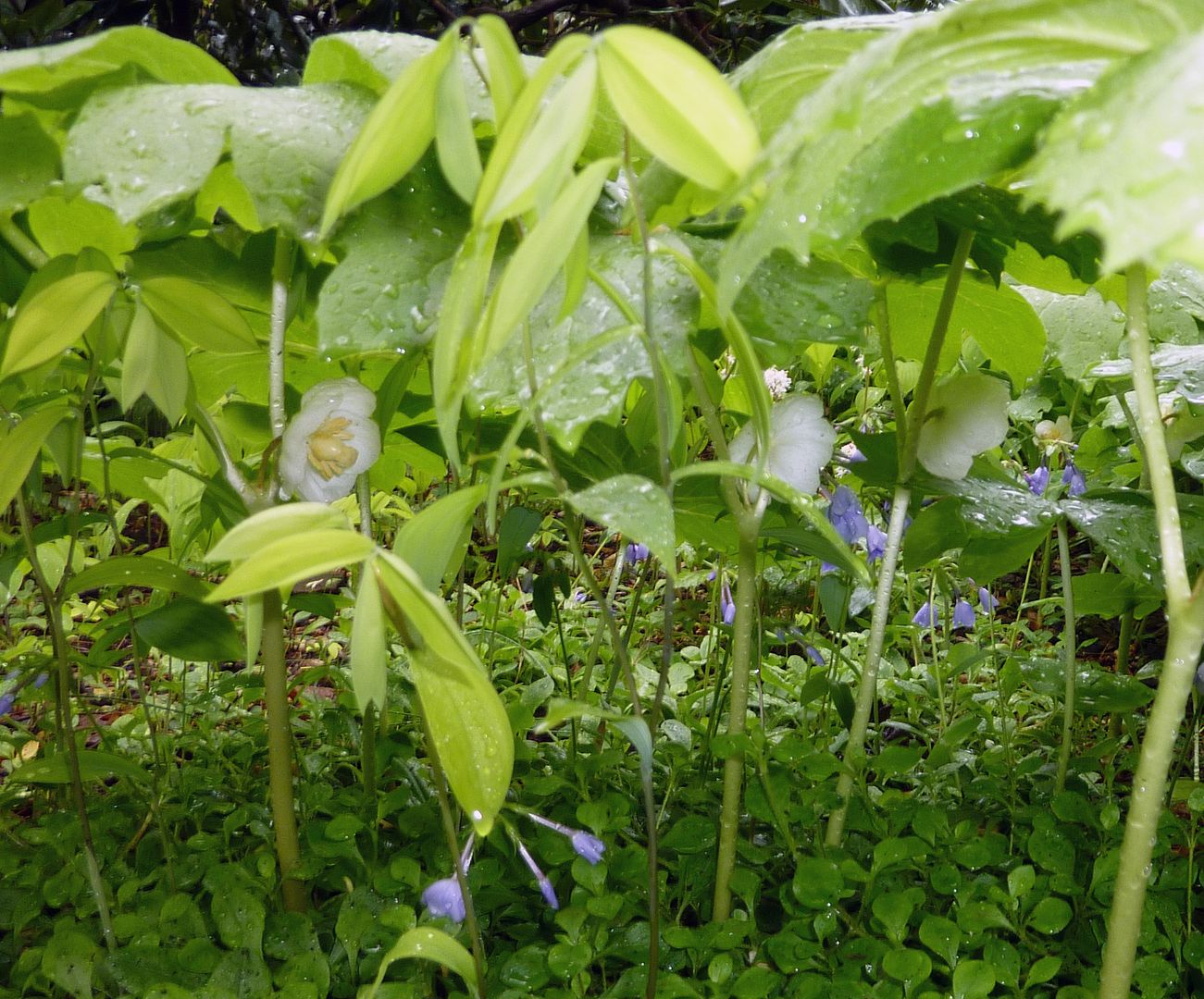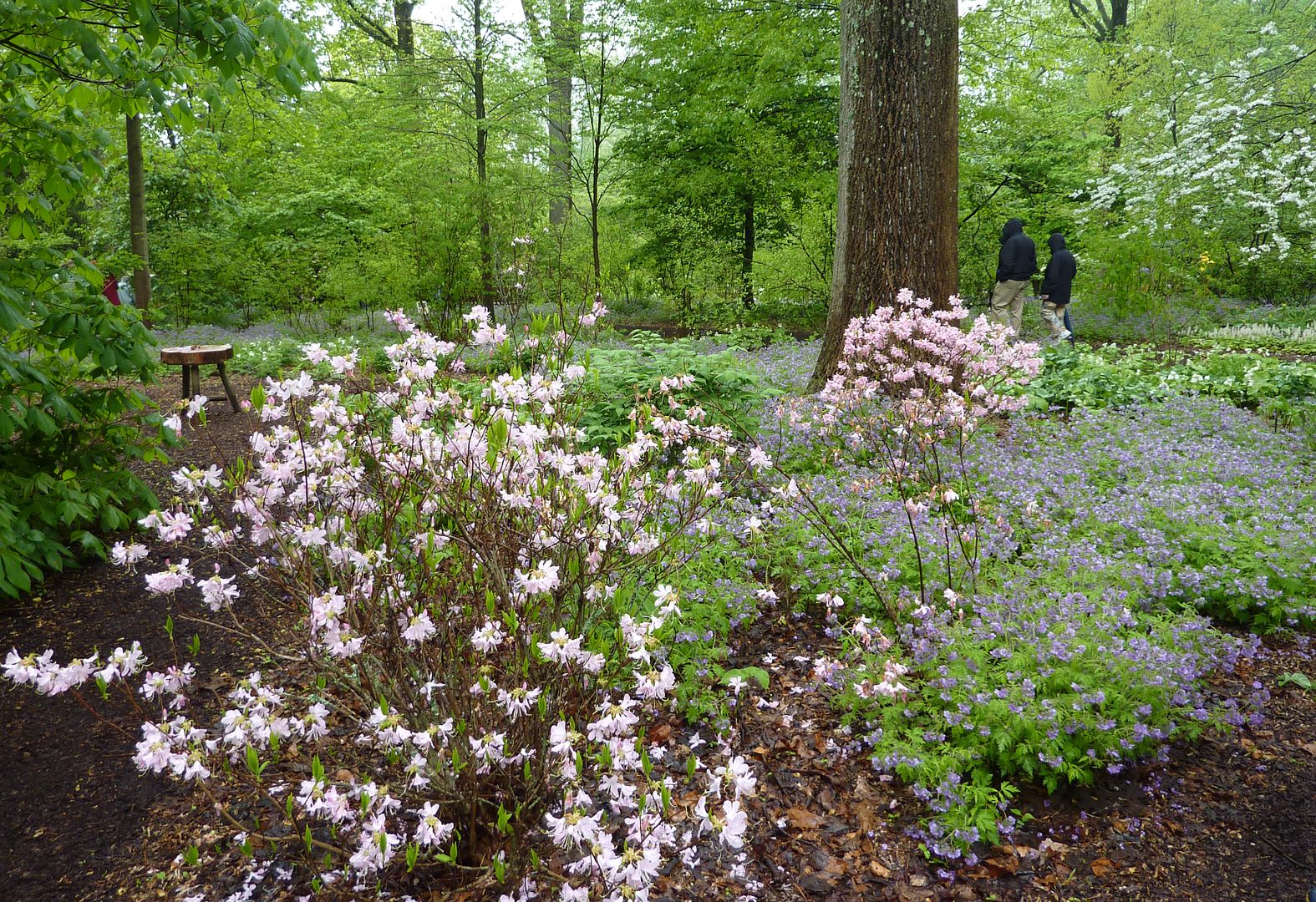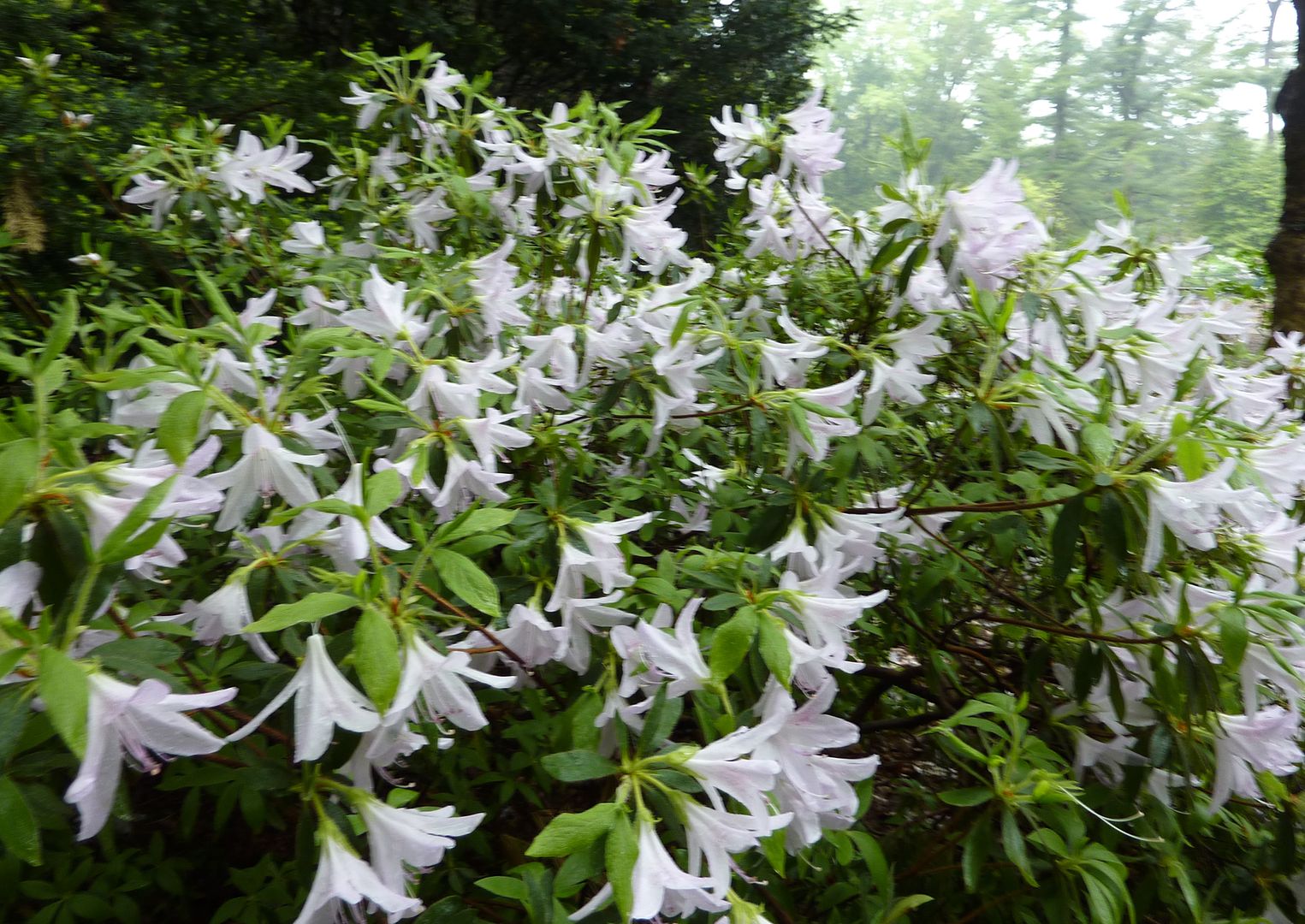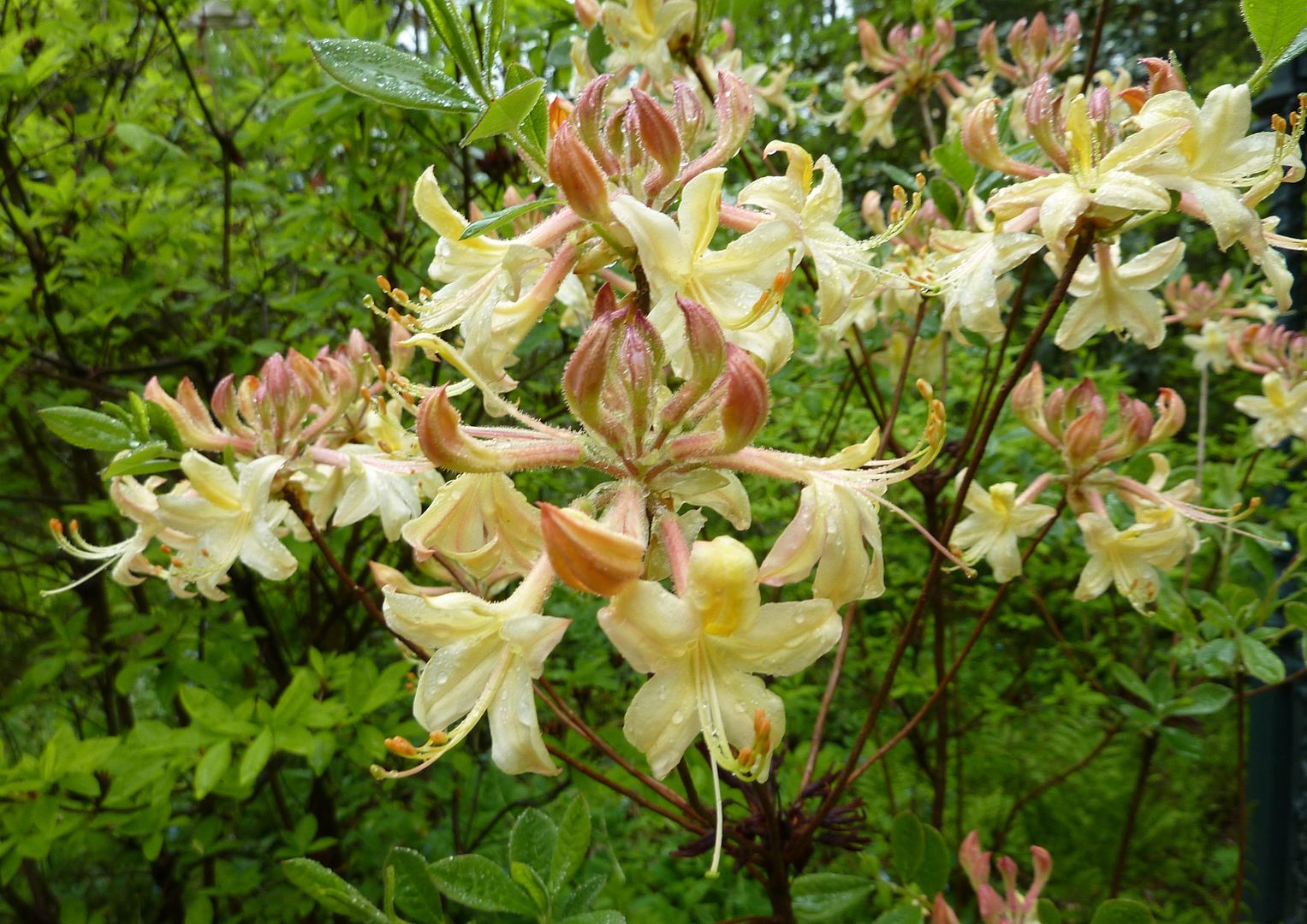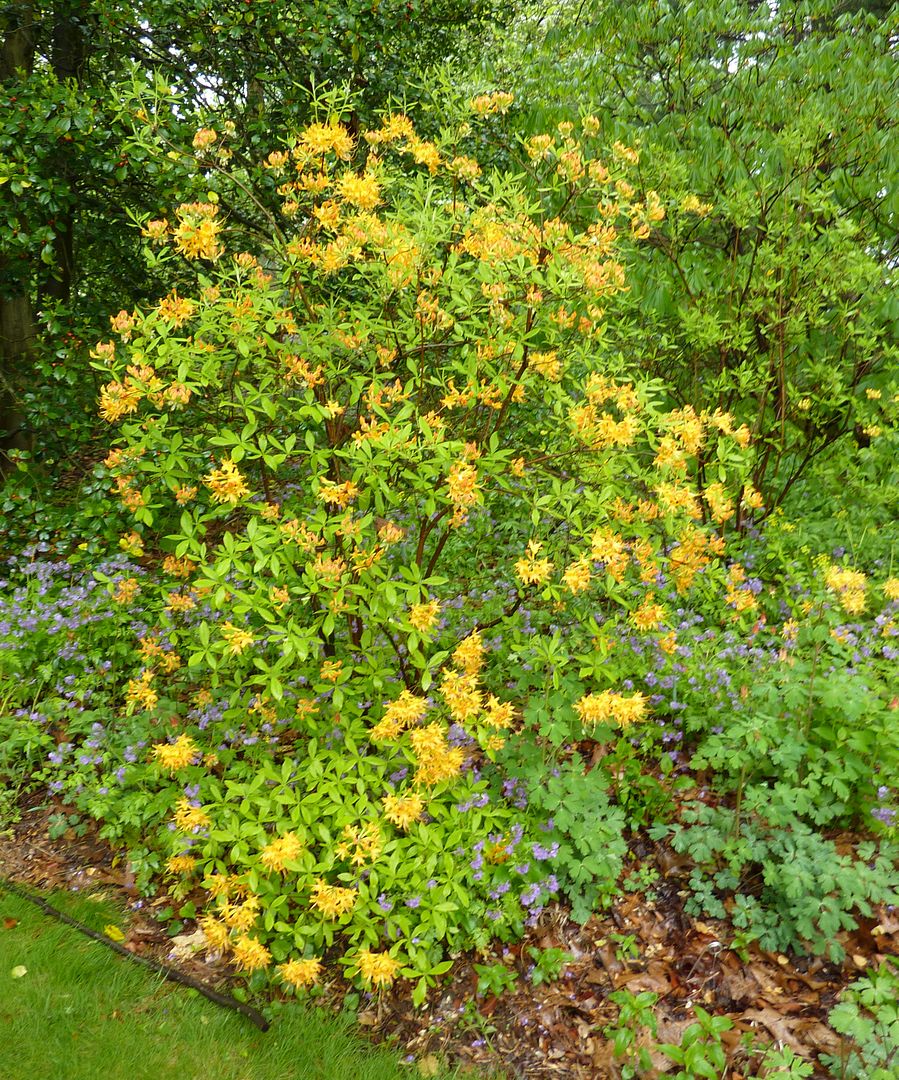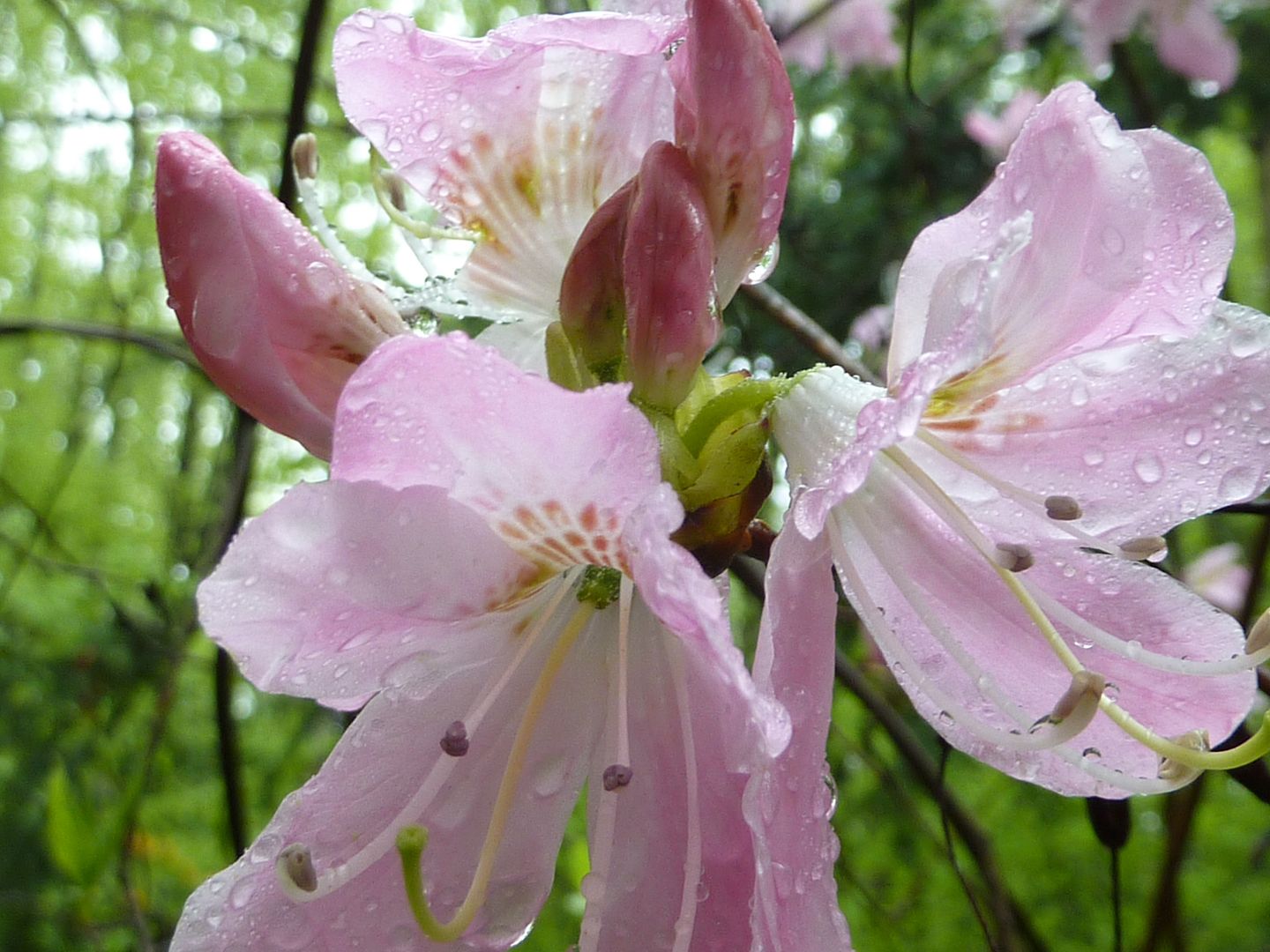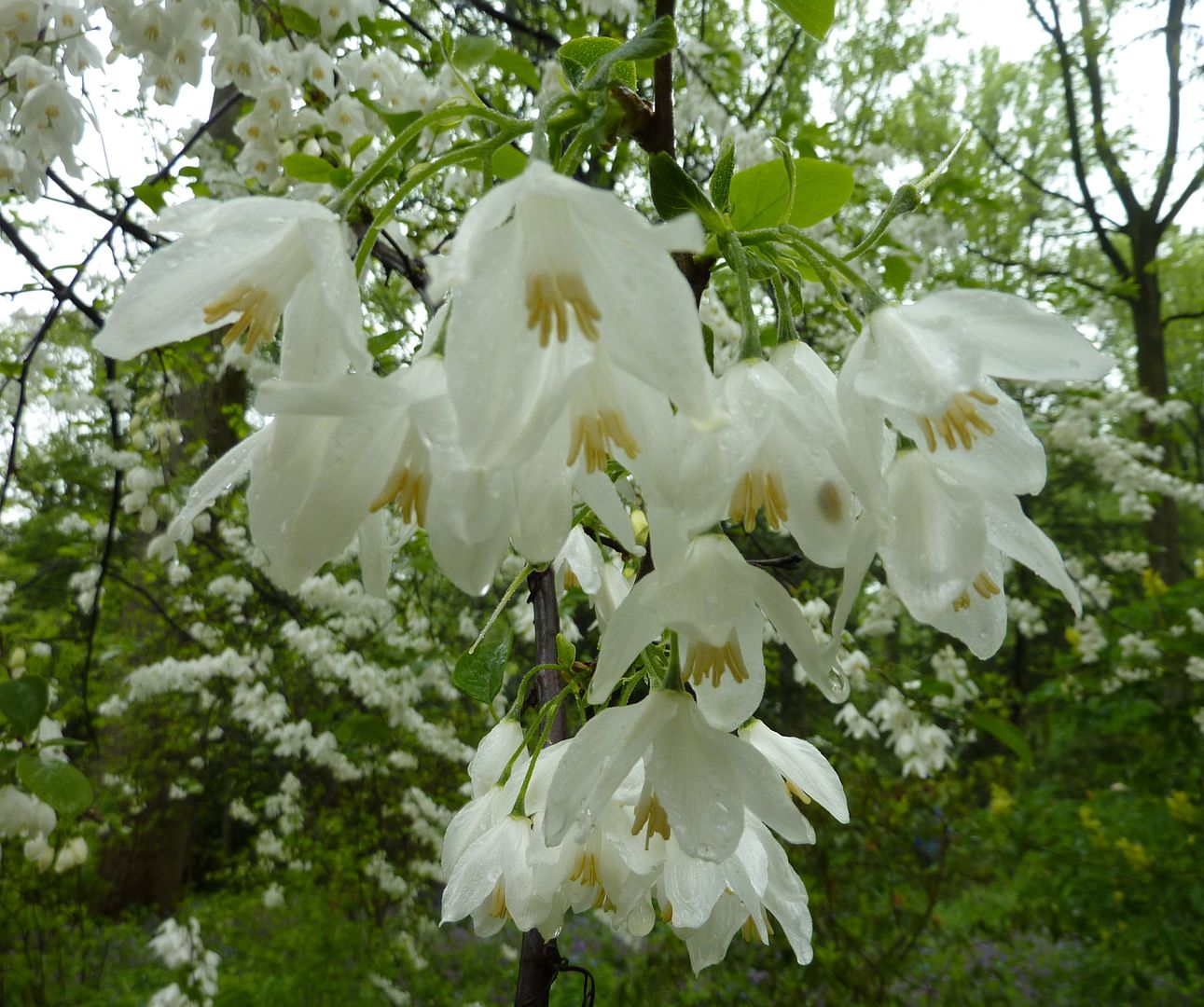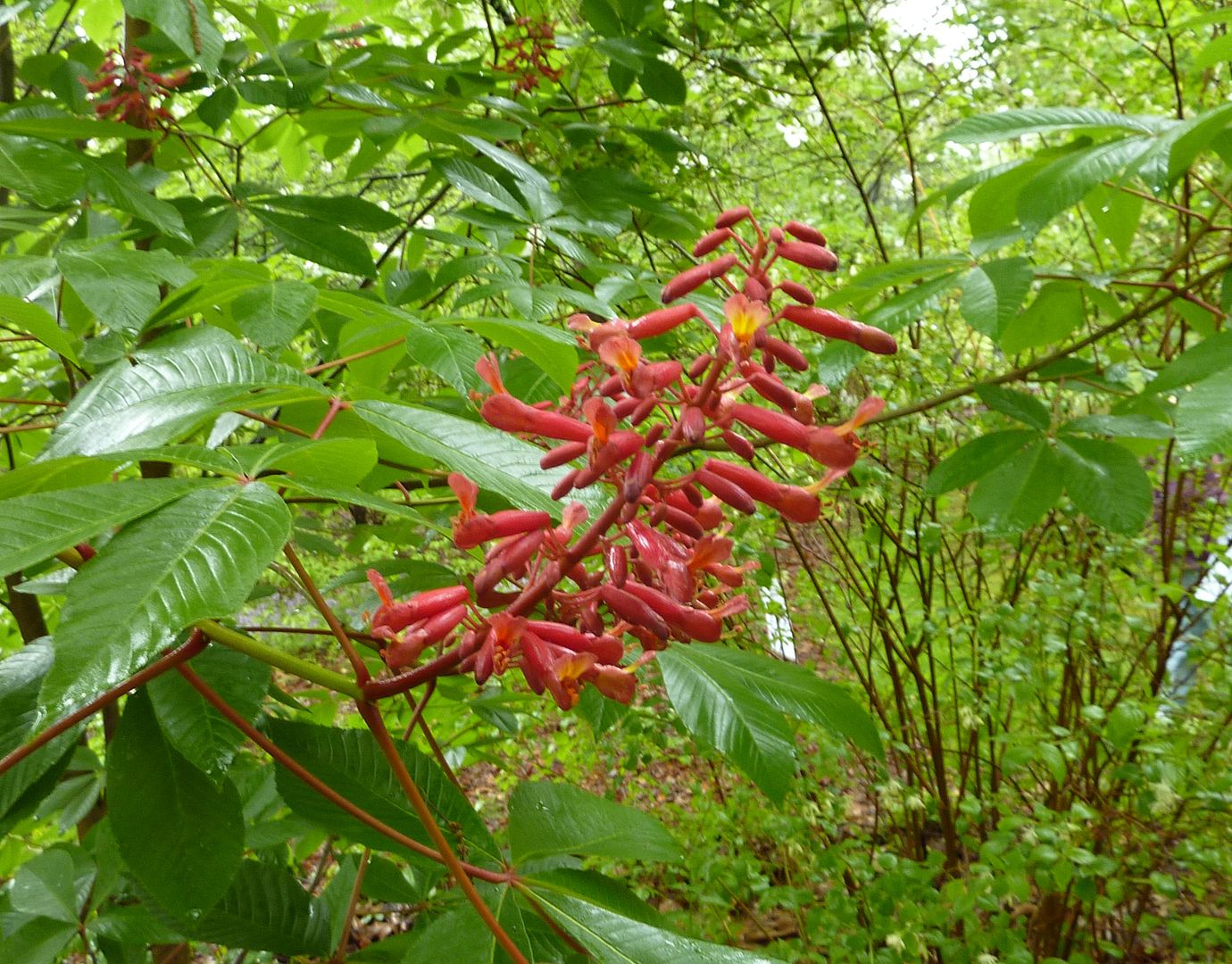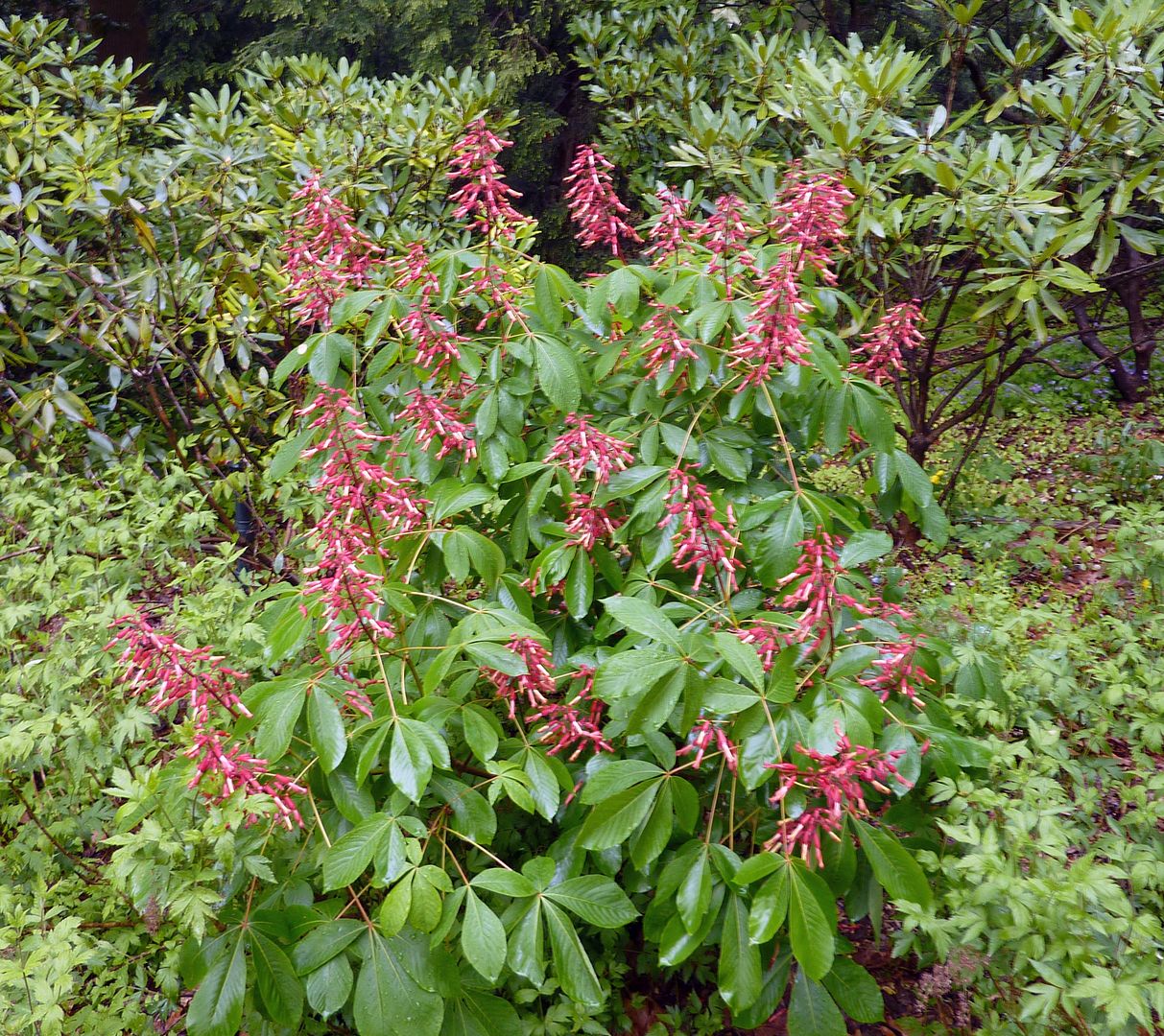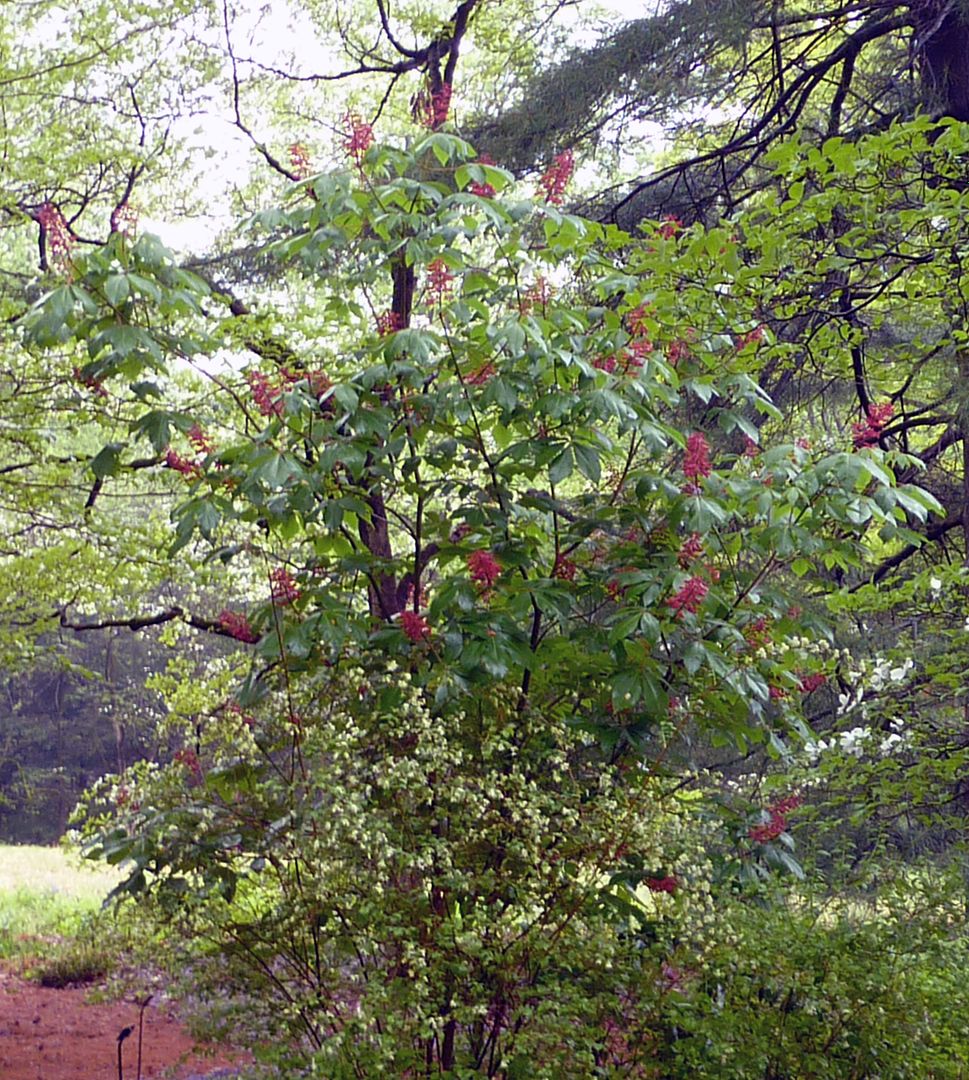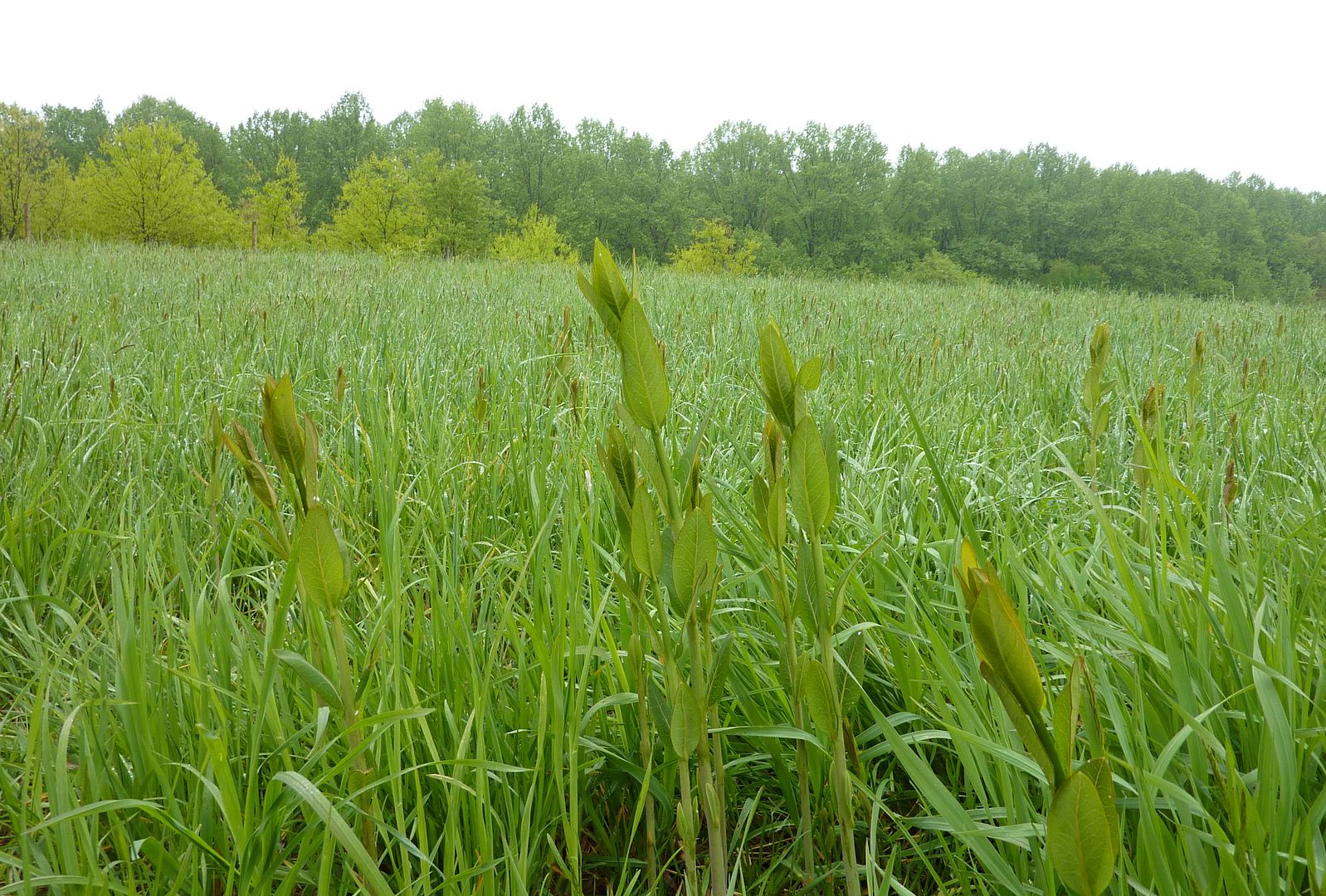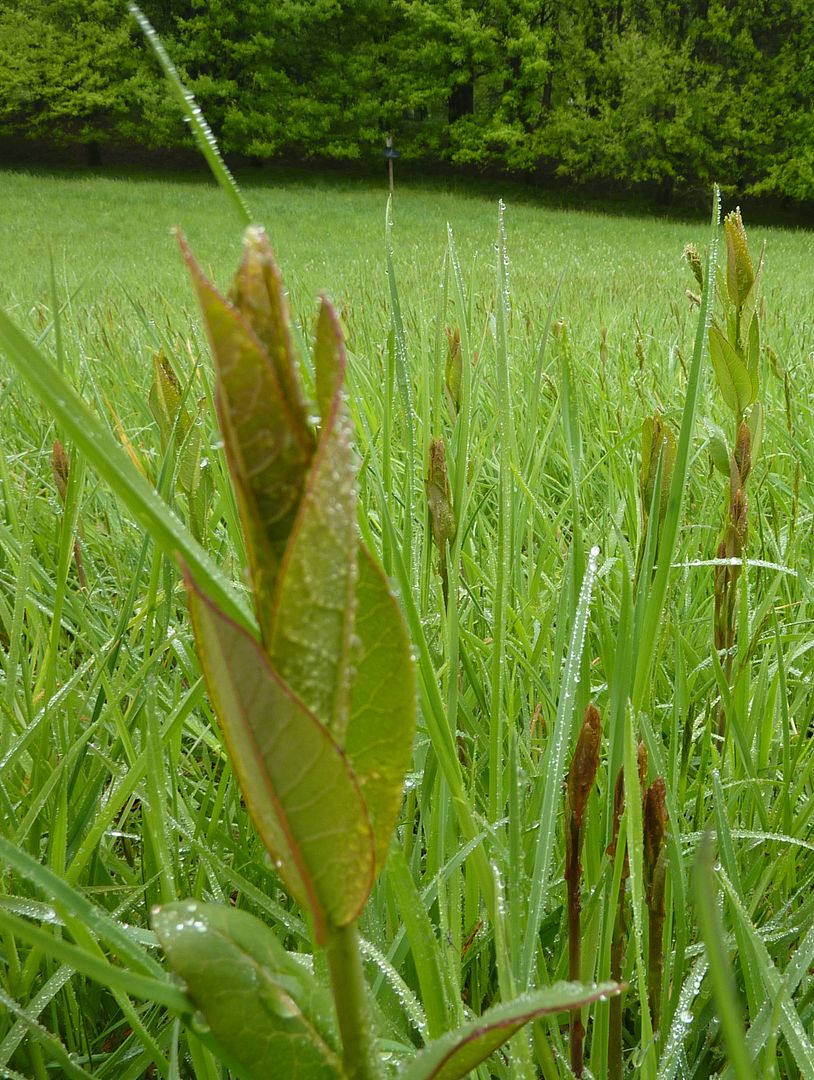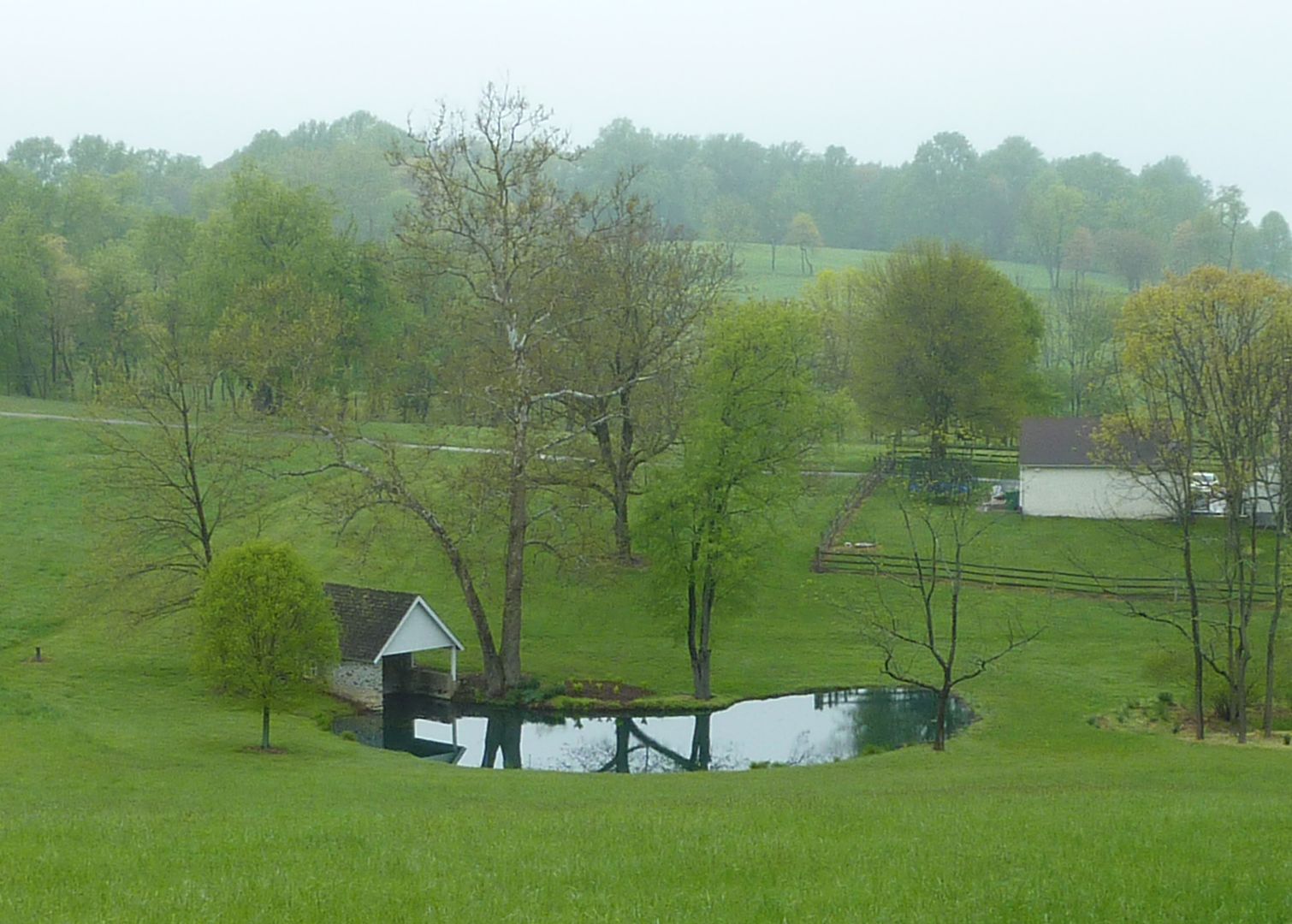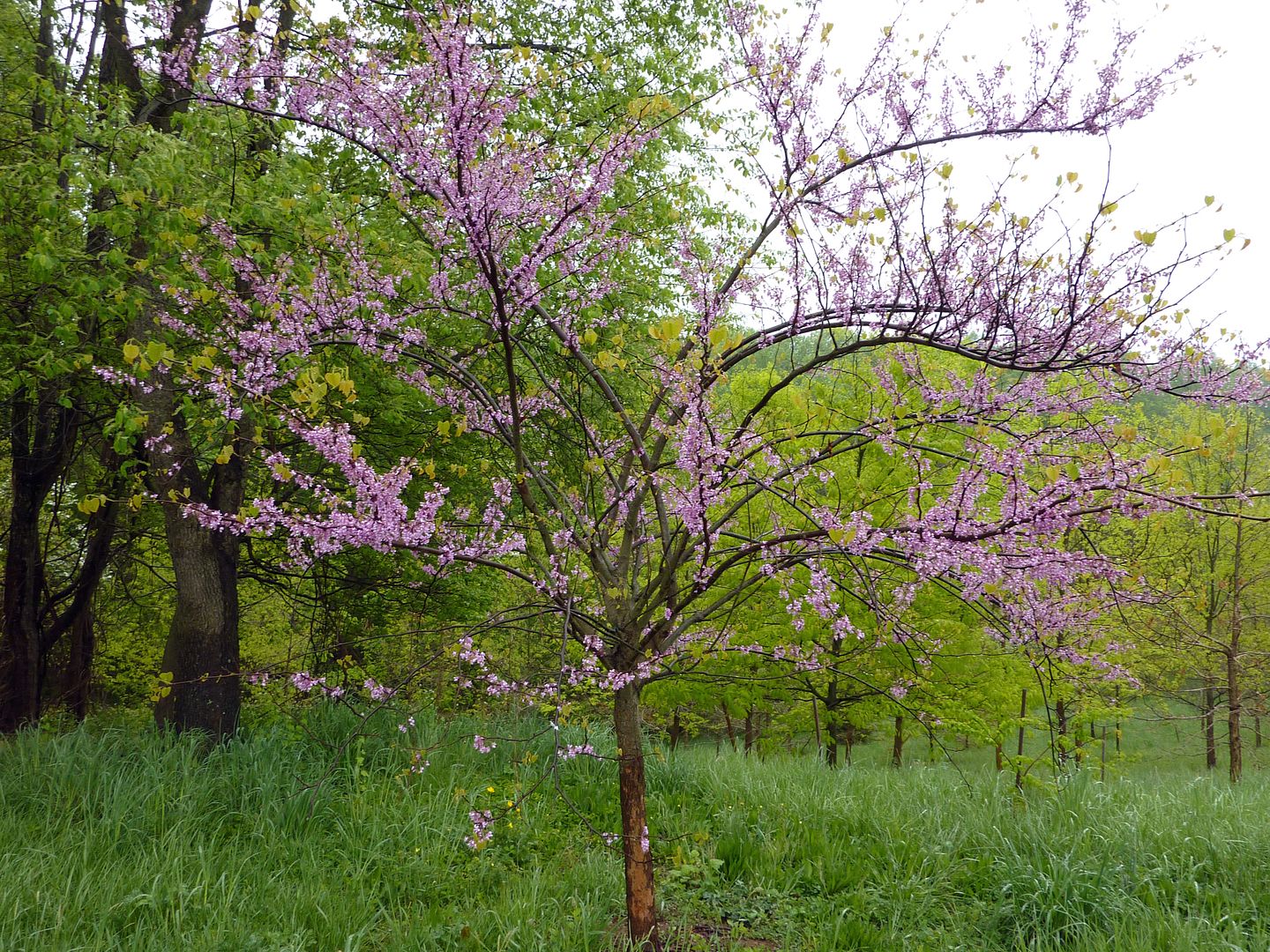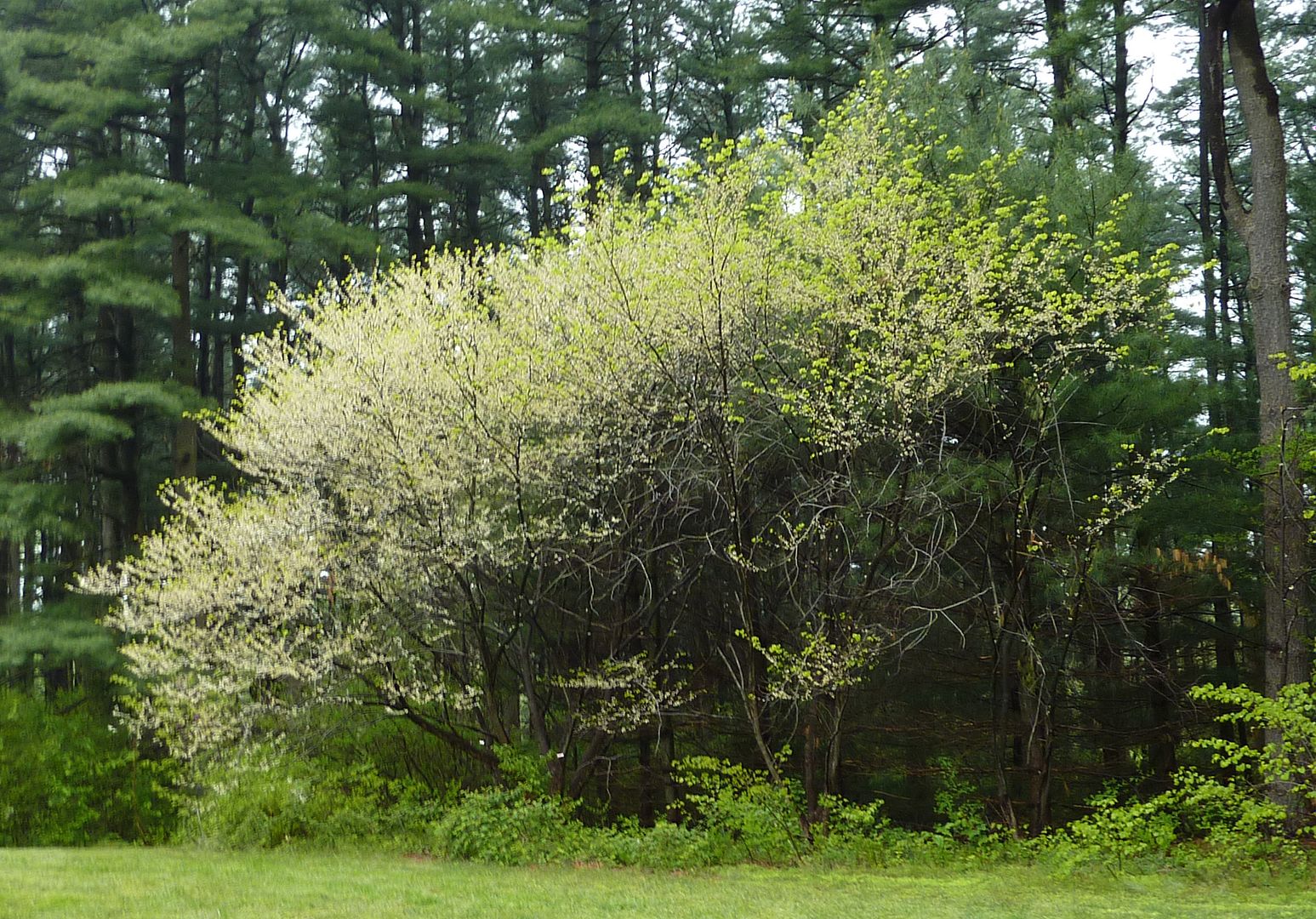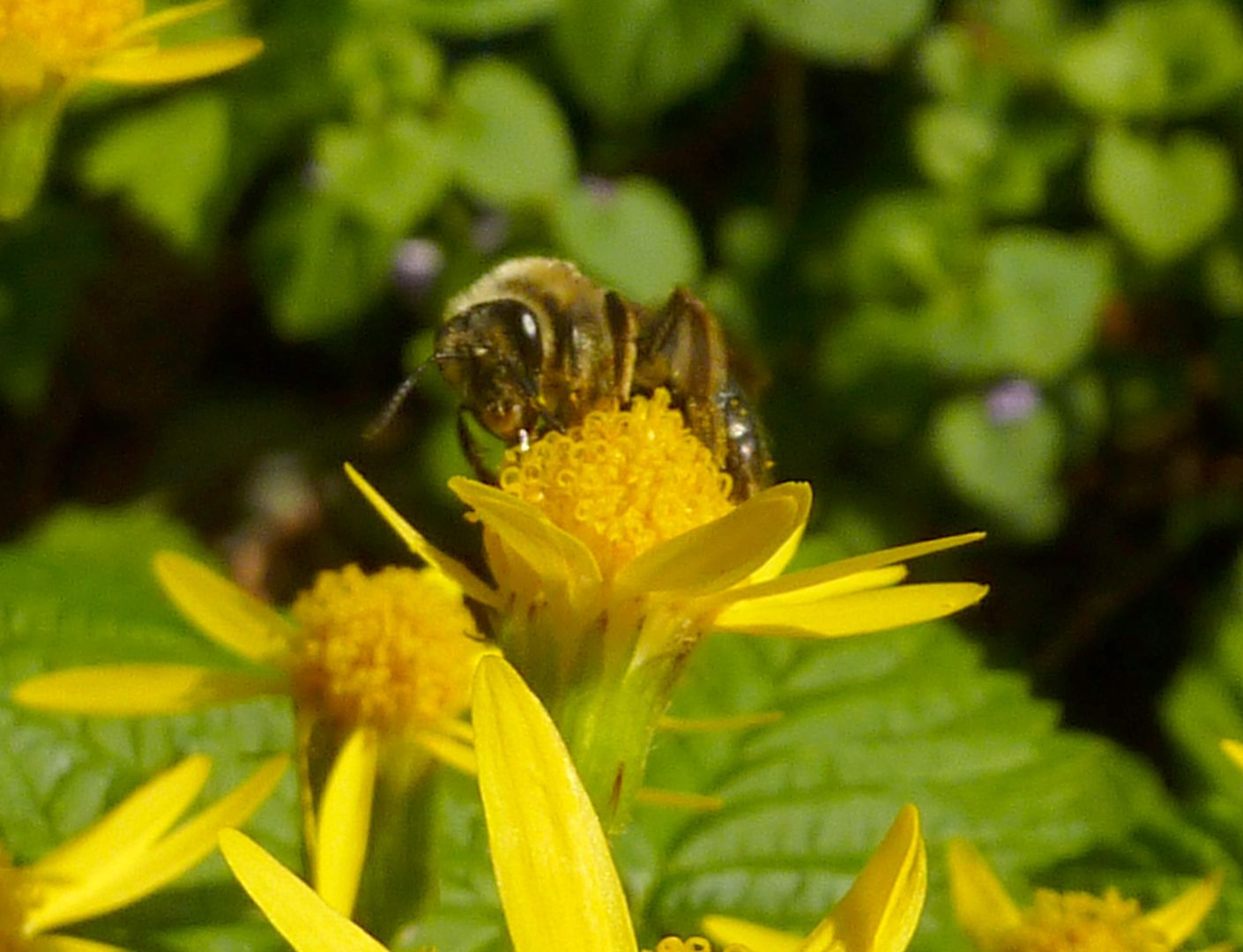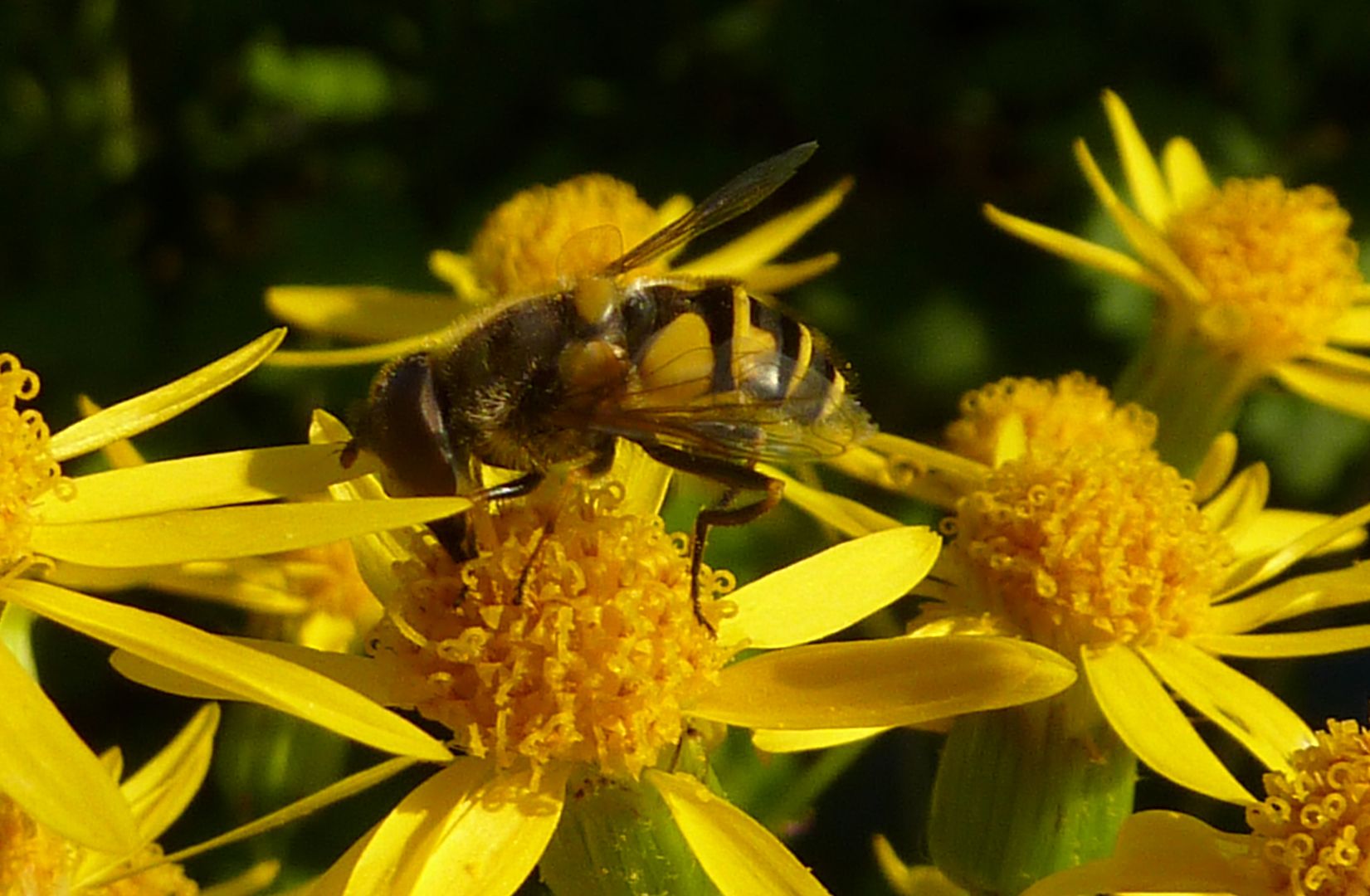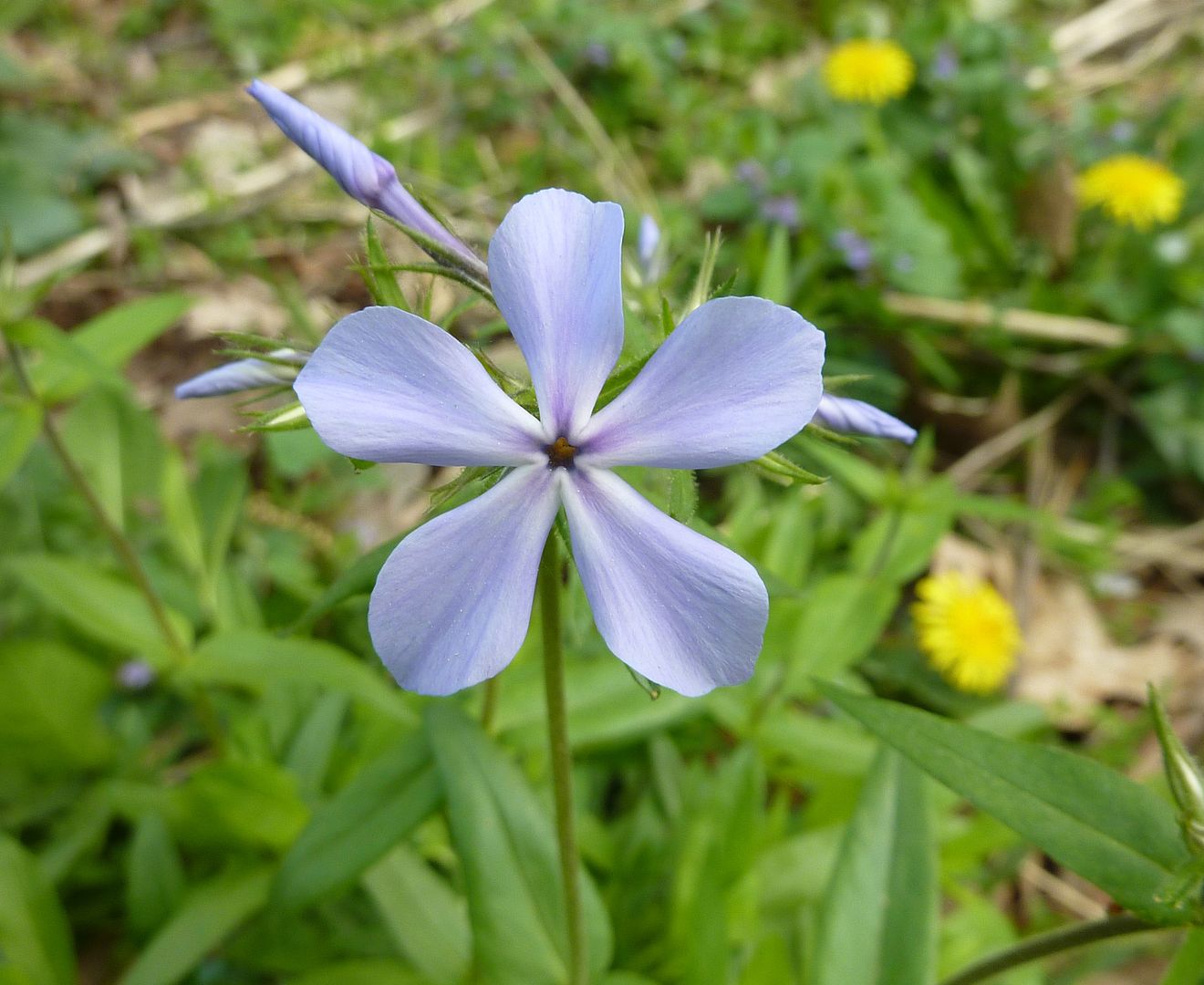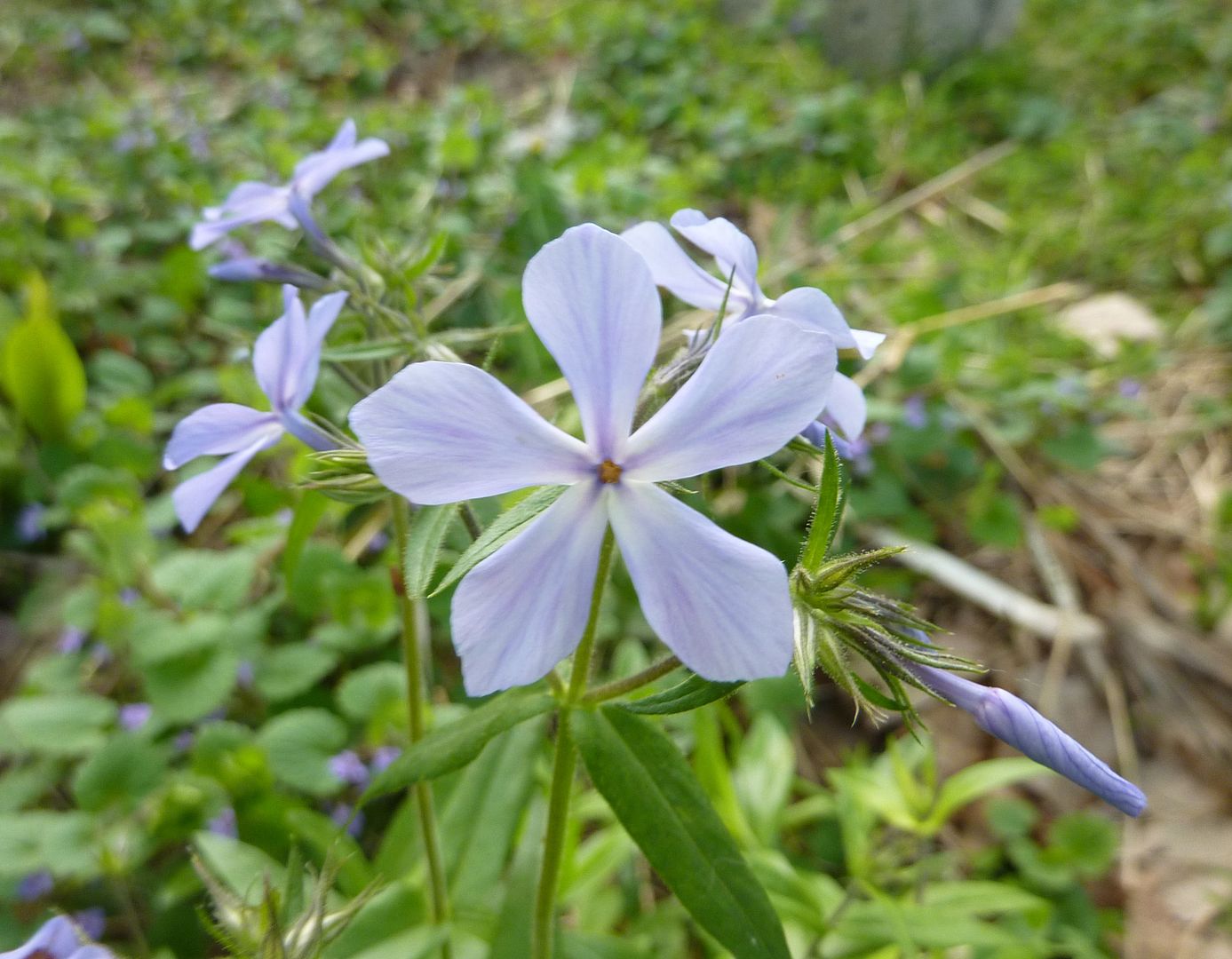April 22ed, Earth Day, is traditionally celebrated by flapping one's mouth about how green things are or could be, while never doing anything about it. Many of these speeches and presentations take place in government buildings such as your local school auditorium. Buildings that are traditionally landscaped with cheap mass produced nonnatives like the brad ford pear.
A few years ago I read a book that quite changed my life. "Bringing Nature Home" by Doug Tallamy. It's just $12 and I guarantee worth every penny. This book is probably the reason why I blog about butterflies and nature so much. It is filled with examples of how we're starving nature to death by replacing it with alien plants. People have bitched and complained about the rain forests and yet no one bothered to save the temperate forests of eastern North America.
View Larger Map
It still looks green from outer space but zoom in some and you'll see how broken that green forests actually are. All the suburban areas, and even rural areas, where homes are in general, are landscaped with nonnative grasses. The vast majority of garden centers in the US don't sell native species, when they do it's usually only a handful of their stock and you'll be hard pressed to find anyone there who can tell you which are native and which are not. (Note the links to native plant stores that sell online in the top right of my blog.)
Because of this it is important now more than ever to take responsibility for your yard, as the home owner you stand to benefit more than anyone.
Note: a few nonnative indulgences are fine but the theme should be Native!
"Bringing Nature Home" This isn't a book about what the cat dragged in, but rather a guide to attracting wildlife to your yard. There are only two sources of energy on our planet: the sun, and deep sea thermal vents. Deep sea volcanoes are fueled by the earth's core and doesn't really mix in with the other system very well. The sun on the other hand is our leading source of energy on earth. Plants photosynthesize sunlight into usable energy, along with storing carbon in their trunks and generally cleaning the environment they're creating oxygen. A lot of the energy they create is trapped in the leaves though. While humans can eat a salad most plant greens are completely inedible to us, many are poisonous and will kill you if eaten. The leaf chemistry is different from plant to plant and thankfully after millions of years certain insects have developed a digestive system that allows them to release the energy. If the insects don't eat it then the leaf falls off to be digested by microscopic organism or other insects on the forest floor. At both ends birds, lizards, reptiles, amphibians, rodents, and mammals etc... can eat the insects or other members in the system. And the energy is put into a cycle of higher organisms but always starts with the plants. Naturally we should be surrounding ourselves with plants that fit our ecosystems best so we have more access to energy.
(Yes a lot of plants produce fruit but good luck surviving the winter on that alone.)

Thankfully the patches of forest you see on Google Maps are for the most part free of nonnative plants. But keeping with our theme of bringing nature home several of these trees or at least one should be placed on your property. These are the tall Oaks, Maples, Birch, etc... The really tall ones that get to be 60' or taller some even reaching 120'. In a book dealing with permaculture these would be your nitrogen fixing plants. (Yes peas and other legumes make their own nitrogen but they don't add organic matter and healthy organisms to the soil, they just know how to make their own fertilizer.) The leaves are mostly eaten by insects, and should otherwise be put into the compost pile to make better soil for other parts of your garden. Broken limbs can also be used as fire wood or as a natural boarder to a flower bed. Many nut trees get this tall but usually require a male and female tree to produce the fruit.
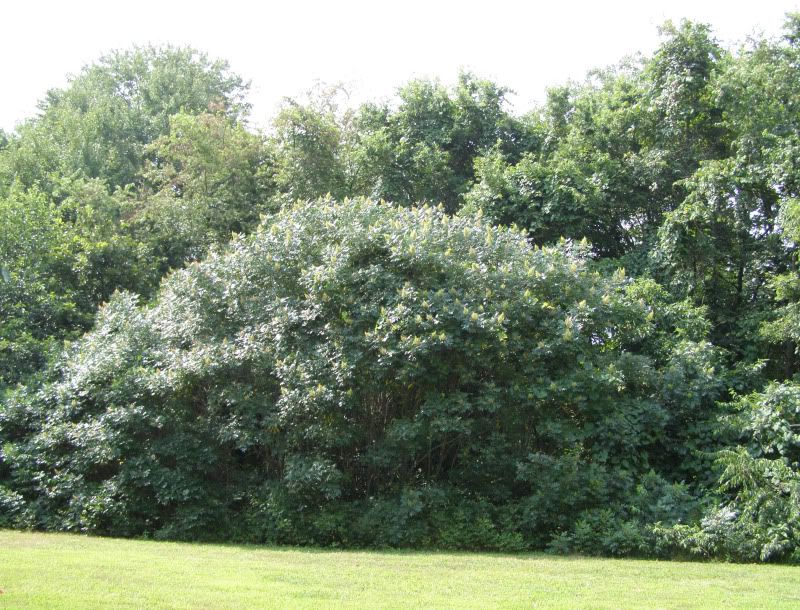
The forest edge is usually a mix of low growing trees and shrubs, and often have prettier flowers than the taller hardwoods they surround. Examples of low growing trees include Eastern Redbud, Dogwood, Apple, Plum. This is an area where most birds build their nests. Many shrubs that grow in this area have berries, edible seeds, or are host plants to a variety of caterpillars. Examples: Blueberry, Viburnum, American Beauty Berry, Spice Bush. The birds also appreciate being next to the open fields where grasses and plant down are abundant for their nests. This is the area that probably best represents suburbia but we only really get the bird situation when there are lots of shrubs and low growing trees scattered around for them to dart to and fro. An open bird feeder in the middle of a lawn puts the birds at risk of predation, and you'll actually get more if they have lots of these pitching plants to zig zag their way to.
Gooseberry, Current, Blackberry, Raspberry, Elderberry, PawPaw, and Most fruit trees grow in this area, or will benefit from full sun.
This is also the area where most vine plants grow. Concord Grape, Coral Honeysuckle, Pipevine, Virginia Creeper, are all examples of native vines. Vines in general tend to be invasive especially in this the suburban setting. They get just enough sun to survive but not enough to think they need to slow down growing. This is where Japanese Honeysuckle really takes over as it's more shade tolerant than our native Honeysuckles. Passion Vine is a nice food crop but can only be grown in the southern half of the US, takes two to pollinate one another, but it's considered a noxious weed when you get to the most souther part of it's range. Passiflora incarnata is the native.
Most of these are all perennial crops coming back year after year and produce food. These are the most bang for your buck. Tallamy doesn't talk about food crops really in his book but I'm telling you it all doesn't have to be about butterflies.
Stepping out of the forest completely we find the prairie. In your yard this area usually gets more than 6 hours of direct sunlight. It's the environment farmers like to till and grow their unsustainable mono-crop on, and builders like to develop into housing and do so whenever they can. It saves them the money of clearing the forest and at most they just need to level things out. True prairies with their lush fields of native wildflowers and grasses are an endangered environment and don't occur naturally now except on wildlife reserves. This is the blank canvas home owners call their lawn.
Want to grow fruits and vegetables? That's fine, most crops Tomatoes, Potatoes, Salad Greens, Beans, Peas, Watermelon, Squash, etc... are all annuals and post no threat to the environment. Often times they taste great. Just make sure you have the nitrogen fixing tree(s) to make compost, and including shrubs and bushes that are sustainable will off food year after year.
Need herbs? You go right ahead, just be sure to control Mint and Borage as they can get of hand.
Want a butterfly garden? Plant Milkweed, Liatris, Aster, Goldenrod, Sunflower, Joe Pye Weed, Wild Senna, Violets, Carrot Family Plants like Parsley, Golden Alexander, Carrots in general. A lot of the native plants from other categories are also used as host plants such as Dogwood, Spicebush, Coral Honeysuckle, and Pipevine.
This blank area of lawn is what you want to get rid of. While that image of a prairie filled with wildflowers is hard to control and requires a wildflower is completely unsuited for the lawn area, many of the plants fit perfectly into a flower bed. Pictured above is my little pocket prairie which I've slowly been expanding.
So what are you doing this Earth Day?

